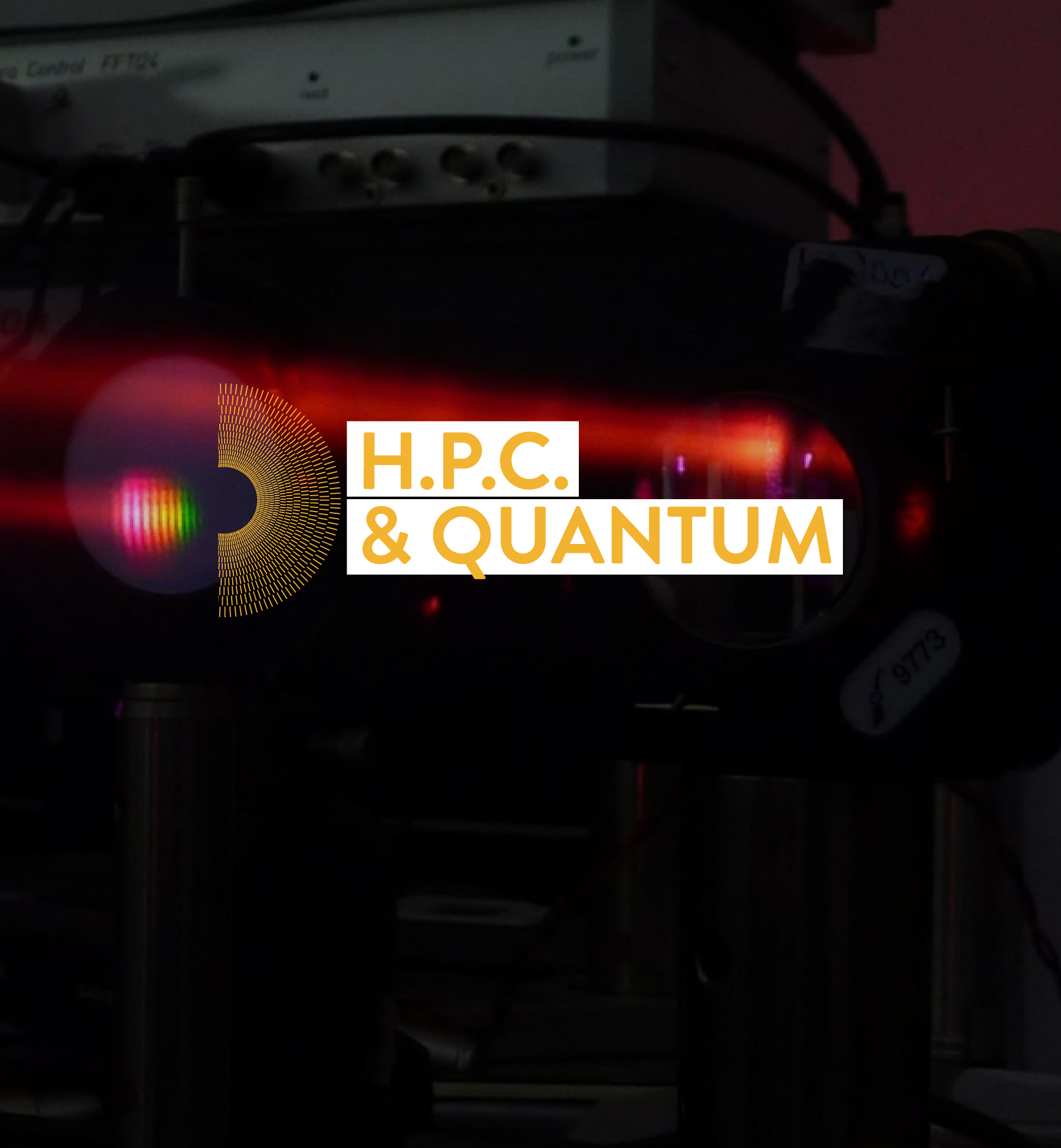
Author: admin

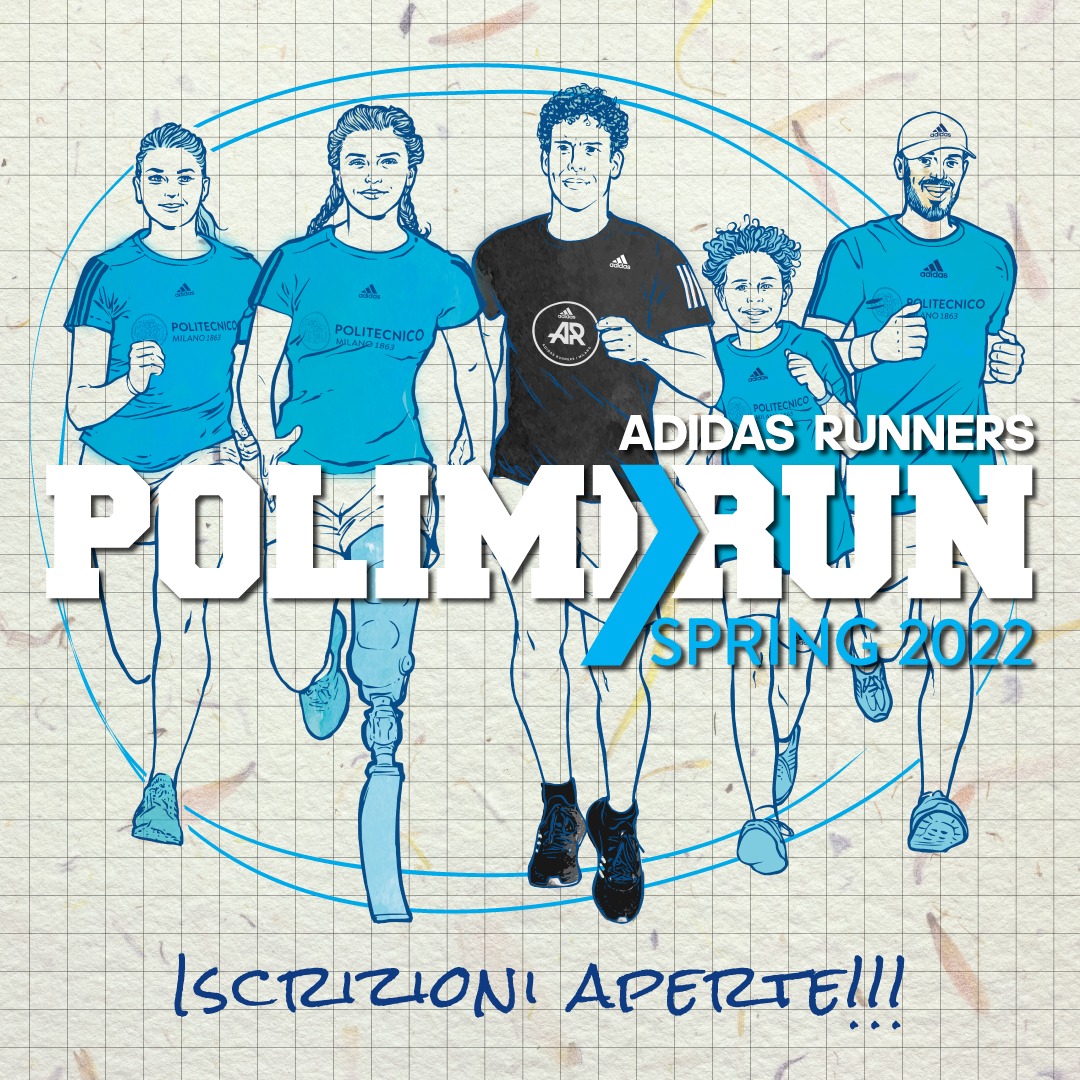
Registration for the adidas Runners PolimiRun Spring 2022 are open
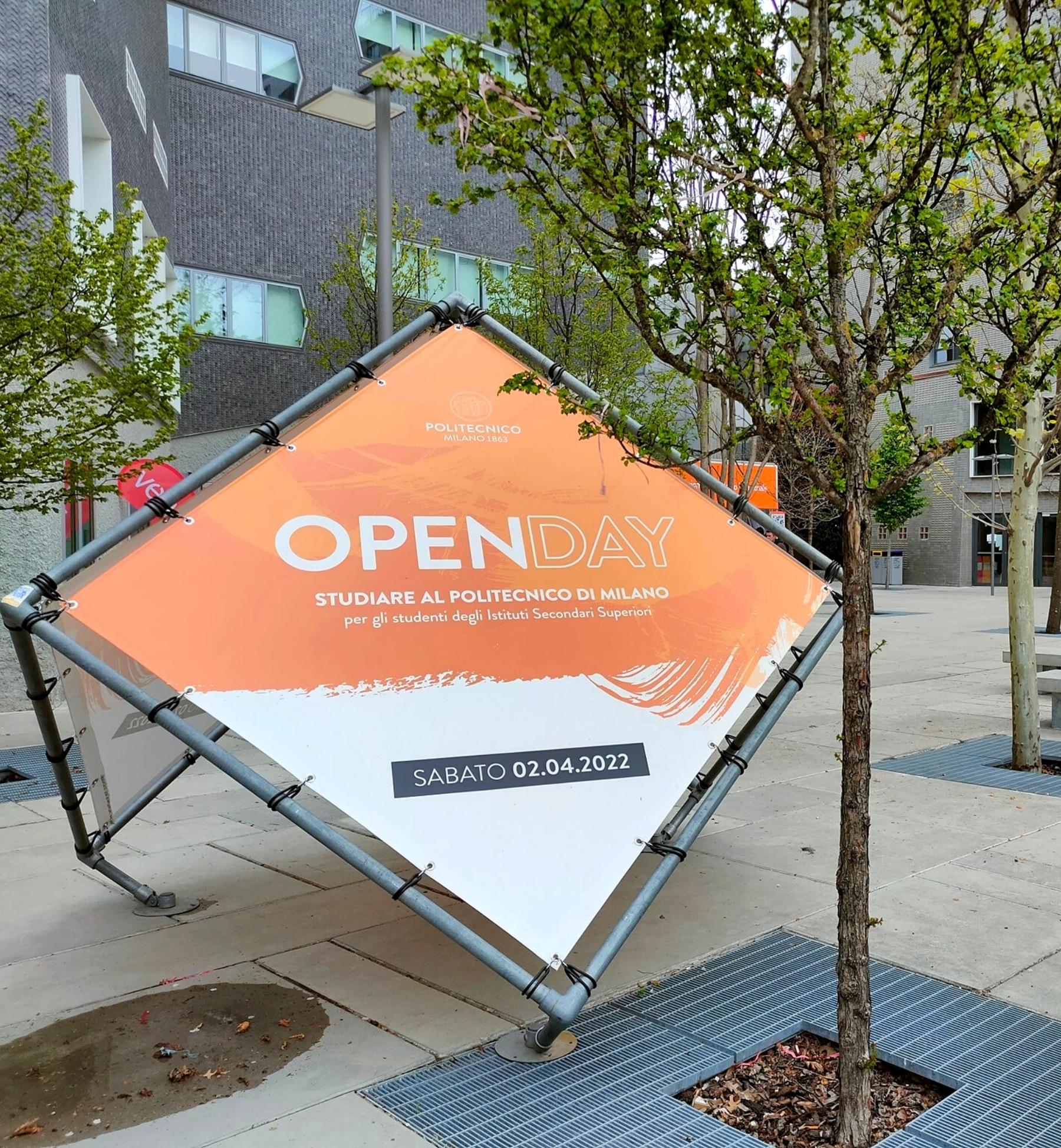
2022 Open Day at Politecnico di Milano
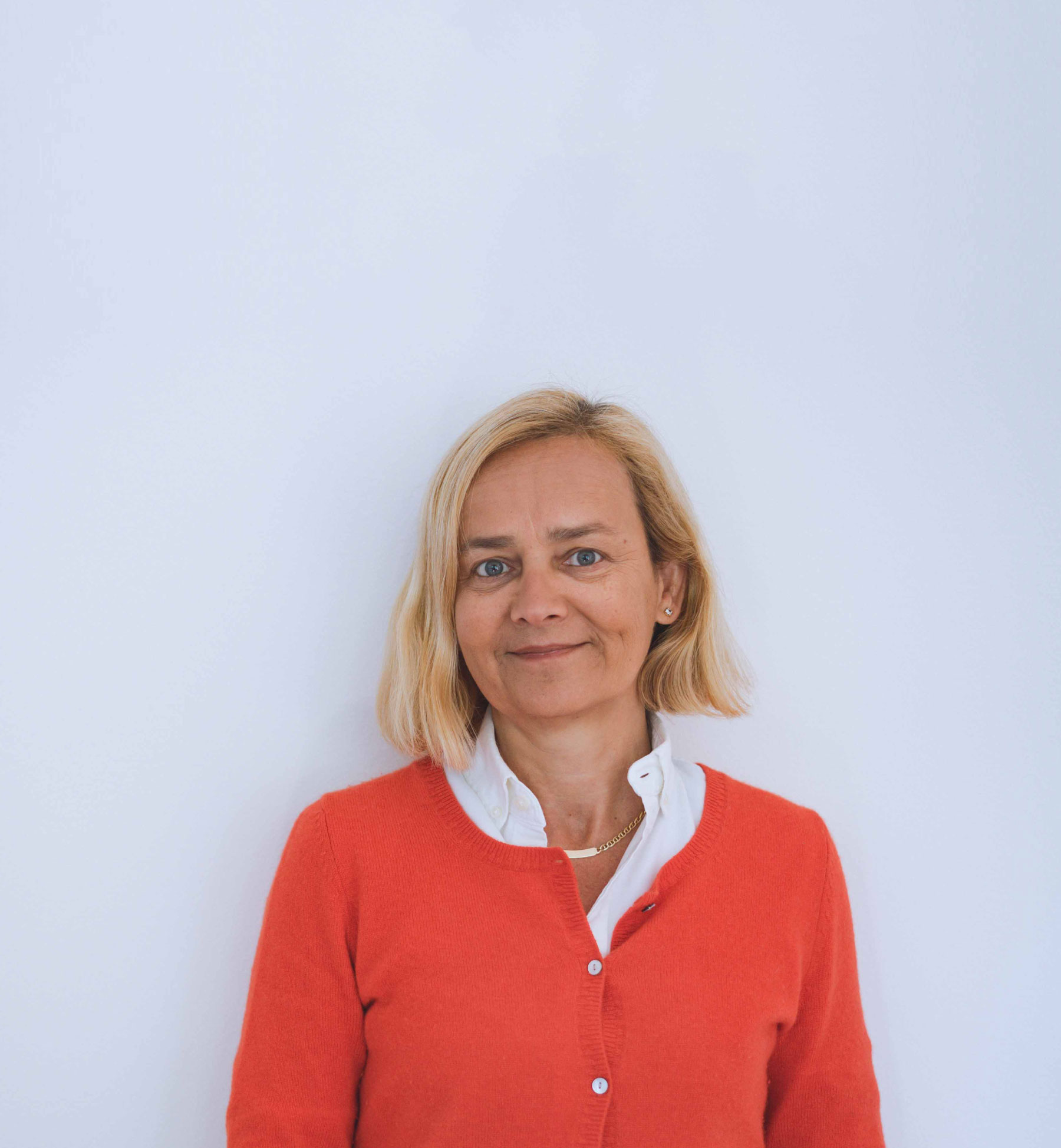
Sciuto: in the field of innovation, technology is not the only key factor
“I do not think that, if we had a computer a million times more powerful, we would be able to develop systems of artificial intelligence closer to the human intelligence.”
We too are inclined to see things in the same way as Donatella Sciuto, Vice Rector at the Politecnico di Milano, speculating in an editorial in the Corriere della Sera entitled “Un elogio alla velocità” (In praise of speed)". Spoiler: speed isn't always good. To manage it we need to invest in human capital: in the great “game” of innovation, the stimuli that come from society, culture, science, politics and in general from the ecosystem of human activities are crucial as technology..
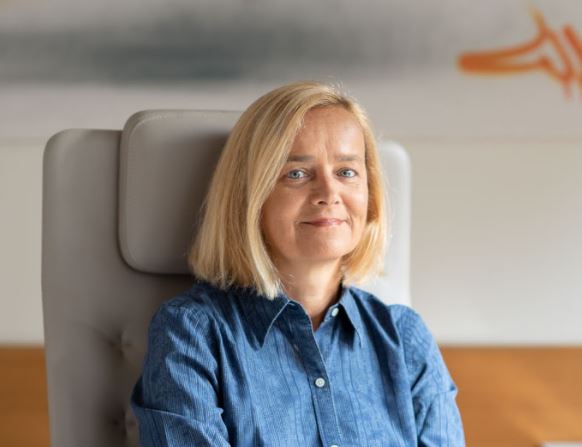
To systematize all these elements and anticipate technological change (but, above all, to estimate and direct its impact on the world in which we live), the Politecnico di Milano has recently inaugurated the Technology Foresight Center, an instrument of specialized skills and networks of academic and industrial experts, both national and international, which have the dual objective of elaborating technological development forecasts and providing useful indications to support public and private investment decisions.
“Over the past fifty years, the number of transistors available on a chip of the same size (the basic element of digital operations) has doubled every eighteen months, following ‘Moore's law’, which in 1965 empirically predicted the increase of processing capacity over time,”
says Sciuto.
Biotechnologies and life sciences, energy, artificial intelligence, mobility, new materials: these are some of the most urgent research fields in which the speed of technological innovation tends to grow exponentially. “Usually, the impact of a technology is overestimated in the short term and underestimated in the long term,” explains, in a video-lesson to the Alumni, Professor Cristiana Bolchini, lecturer at the School of Industrial and Information Engineering at the Politecnico di Milano and member of the scientific committee of the Technology Foresight Centre. “Because it is not easy to get an idea of the interdependence [of technology] with the social, political, environmental and economic aspects.”
With an important focus on sustainability targets targets shared on a global scale, the Technology Foresight Centre asks, continues Sciuto in the Corriere, to what extent it is possible to “anticipate technological change, estimate its speed, dissemination capacity and impact..” Answering these questions becomes even more urgent today, in view, concludes the Vice Rector, “of the major investments in progress. The country is facing an unmissable opportunity. Starting with digital infrastructures, to green technologies, investment in research, technological innovation offers us great opportunities. We must be capable of seizing them under three conditions: act quickly and effectively, stay in the race in the long-term and focus on the value of human capital, which is the real enabling factor for any change.”
Credits home: Wired Trends
Credits header: Photo by NASA Space Shuttle missions. on Unsplash
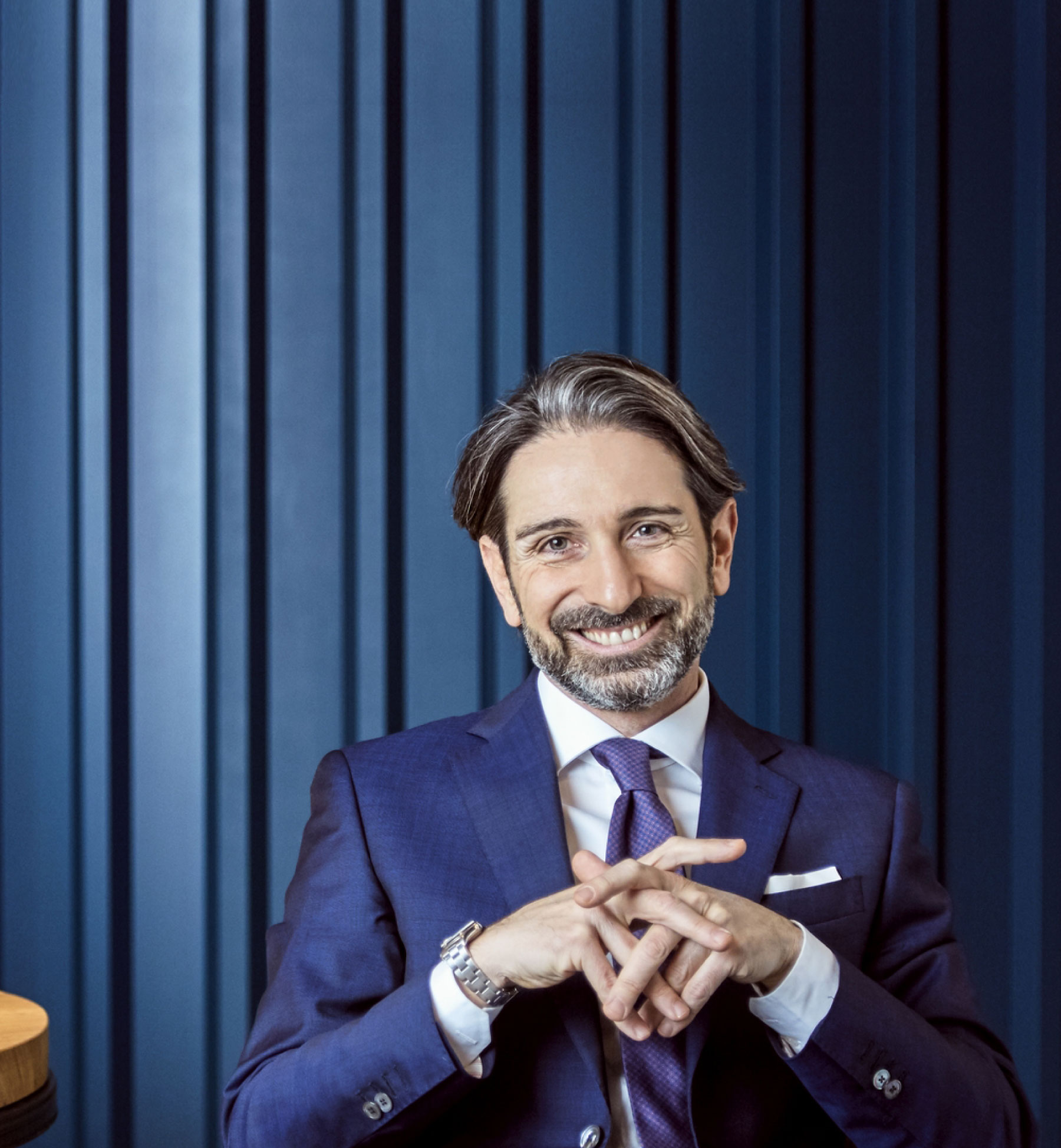
Why are we talking about MADE, the competence center in Milan?
MADE is a development hub for applied research and technology transfer projects. It is also a ‘demo center’ where you can experience first-hand the state-of-the-art technologies in the manufacturing industry. Walking around its 2500 m2 of conveyor belts, mechanical arms and sensors, you almost get the impression of being in a factory in the future; in reality, the future we imagine is already here.
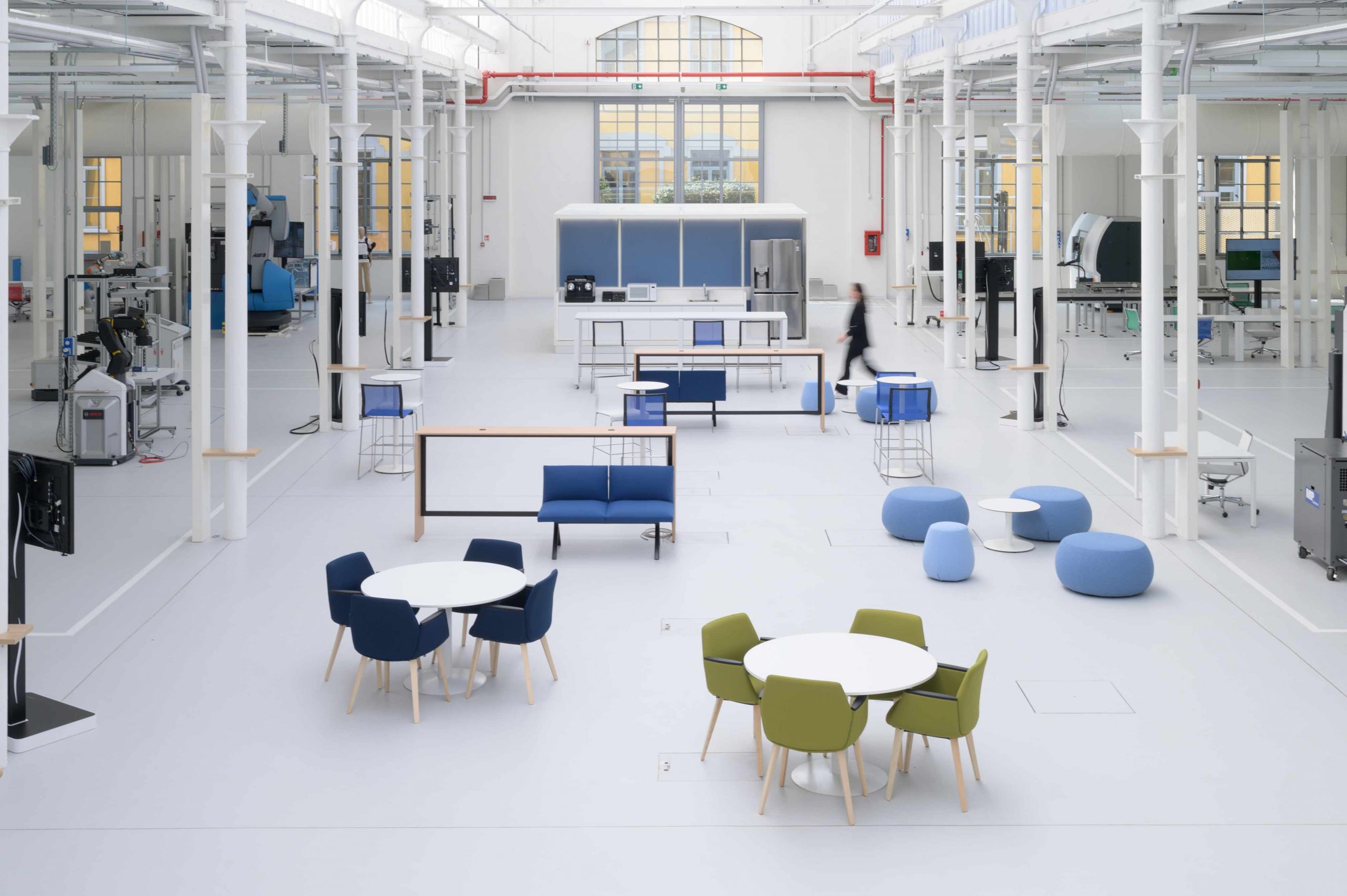
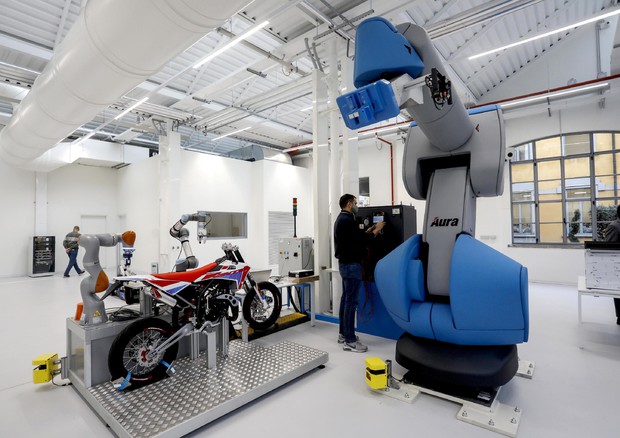
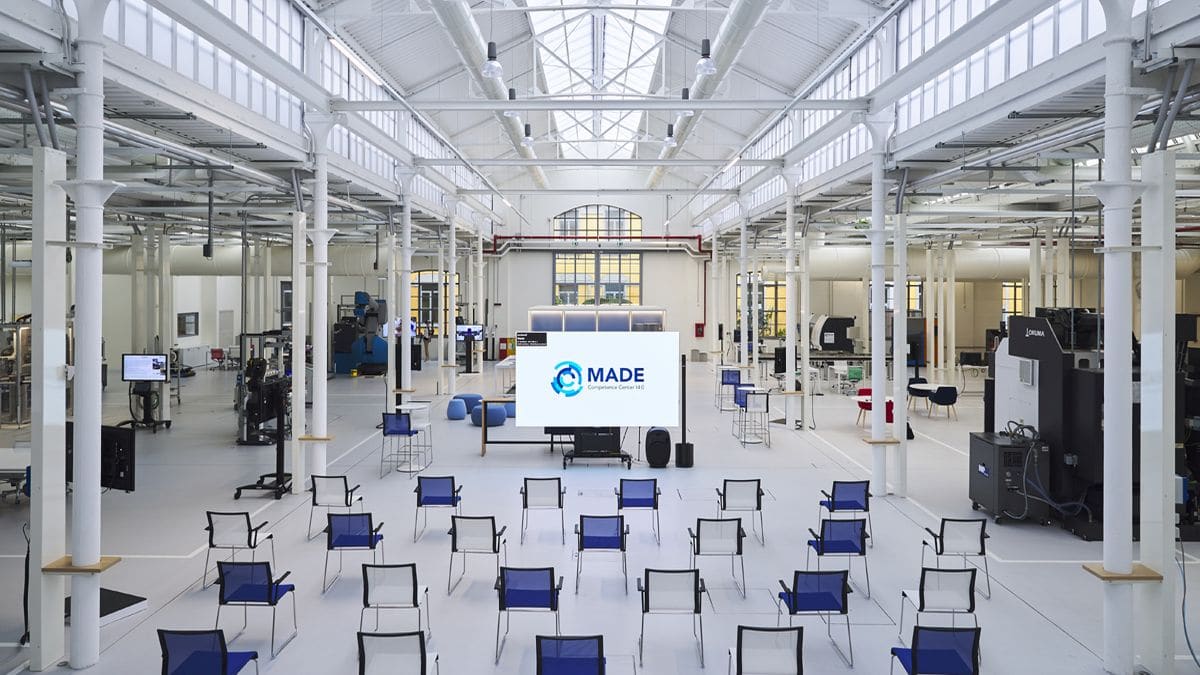
Led by the Politecnico di Milano, MADE brings together 4 universities (in addition to the Poli, the Universities of Bergamo, Brescia and Pavia), INAIL and 43 companies (all partners here) in the Lombardy region. It merges the very latest methods, tools and knowledge on digital technologies: from design to engineering; from managing production to the end of the product life cycle. Each of the partners brings to MADE a demo of their technology, showing the potential unleashed when exponential technologies meet operation technology and more.
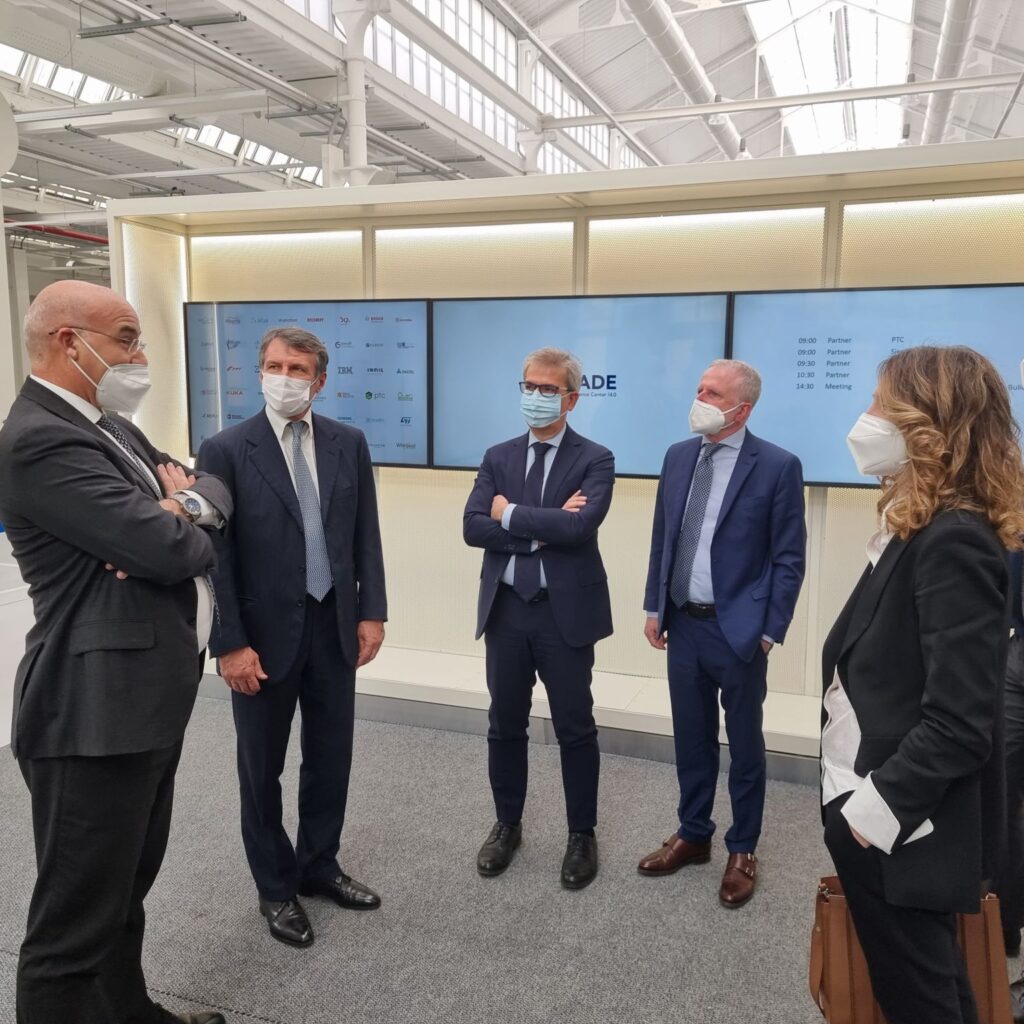
Designed pre-pandemic and inaugurated at the end of 2020, today MADE returns to hold a space in public discourse. Why? We talked about it with Stefano Rebattoni, Alumnus Management, Economics and Industrial Engineering and Managing Director of IBM Italia, one of the founding partners of the competence center.
“MADE is a place to show SMEs, industrial groups, innovative start-ups and incubators what can be achieved by rethinking factories in terms of collaboration between information technology and operation technology. It was created in Lombardy, a region home to universities of excellence and a strong entrepreneurial fabric, to create a system among these leading players and to drive development in the surrounding area. The PNRR [TN: National Recovery and Resilience Plan] today gives us the great opportunity to take all this to a different scale; no longer regional and local but national. This means more employment and rapid development: it improves the competitiveness of the entire Italian manufacturing sector. Which, I would like to clarify, already holds a very significant position today: it is the second in order of importance at European level, with a strong proportion of SMEs, the backbone of the country's economic system.”
WITHIN MADE: 3 EIELDS OF RESEARCH WITH GLOBAL IMPACT
Not only for Italy, but for the whole world, rethinking manufacturing means first of all having to deal urgently with cyber security and energy efficiency. “These were important issues when we thought of MADE; today they have become an emergency,” says Rebattoni. We also work on other things, such as the cloud, a prerequisite for a more open, safe and efficient factory concept.
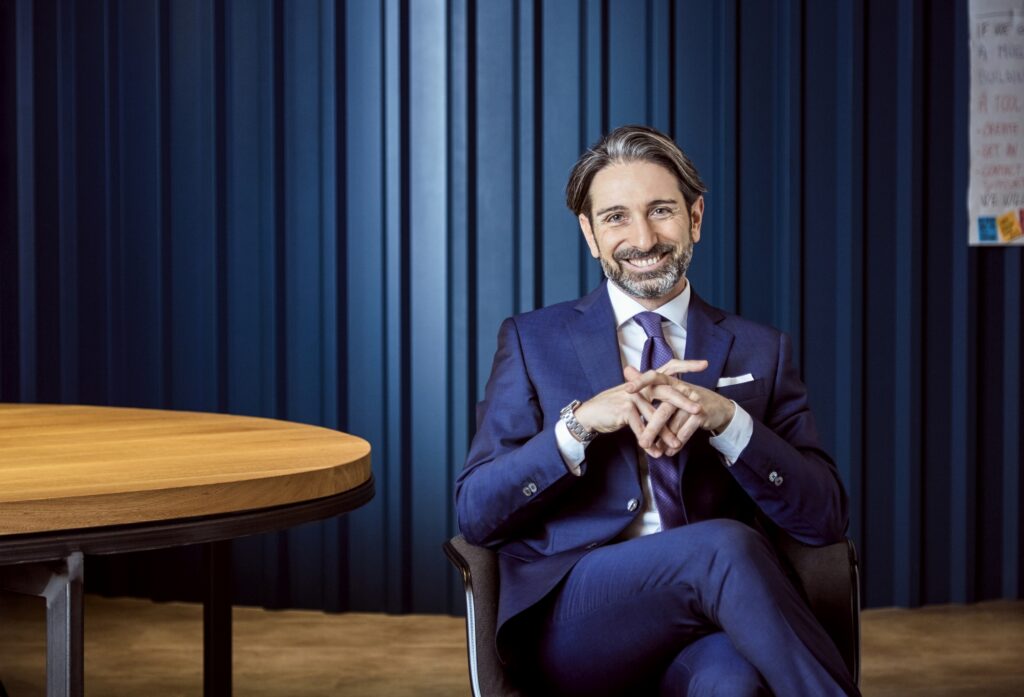
A few examples? “Like IBM, we are working with MADE on several projects. I will mention a few: On the cyber security side: through the use of the QRadar platform, we can monitor access to resources and identify in advance suspicious behaviours that need to be intercepted before damage to the systems or data theft occurs. On quality control, we are developing a system of sensors that collect images throughout the production cycle. This data is then used by artificial intelligence models to identify manufacturing defects and train machines to eliminate them. On the energy front, we are working with Icopower on a system capable of monitoring the the energy consumption of large industrial machinery,, detecting extraordinary behaviours compared to expected averages and normalizing the load and energy consumption profiles.”
The fact that industrial groups, institutions and companies around the world are now closely linked to each other is something we can read every day in the headlines of all the newspapers. What are the hidden critical issues in an increasingly integrated system?
“The risks are always proportional to the opportunities.We are moving towards an economy of digital platforms; data are distributed, infrastructures must be able to communicate. The opportunities are scalability and flexibility; the risks are above all related to the issue of cyber security (for example data governance), the updating of infrastructures, which must be resilient and able to manage increasingly unpredictable loads. And then there are investments in skills: without adequate professional training, we will not be able to seize all the opportunities that technological innovation offers us today.”
Credits home: Digital4
Credits header: Ashtart Consultancy
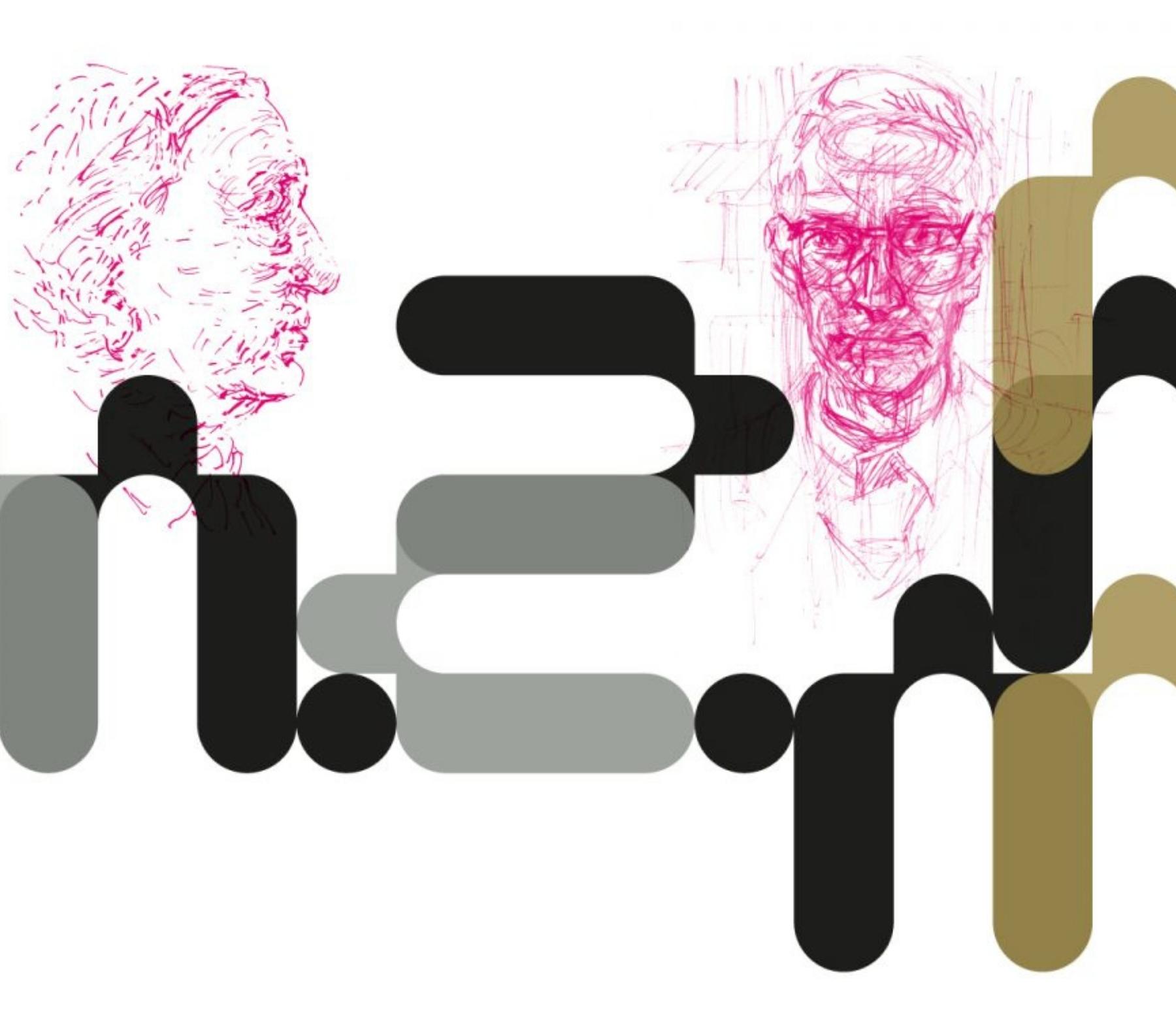
Zanuso and Mendini: two great architects and Alumni on display at the ADI museum
Two great Alumni and professional architects and designers compared: this is the exhibition ‘Marco Zanuso and Alessandro Mendini: Design and Architecture’, on display at theADI Design Museum di Milano.
“This exhibition that intends to lay the foundations for reflection on Italian design and its values,” says Luciano Galimberti, President of the ADI Association for Industrial Design, “and revolves around a exhibition tour that stimulates reflection by playing on the contrast of works by the two architects, thanks to a play on references and influences.”
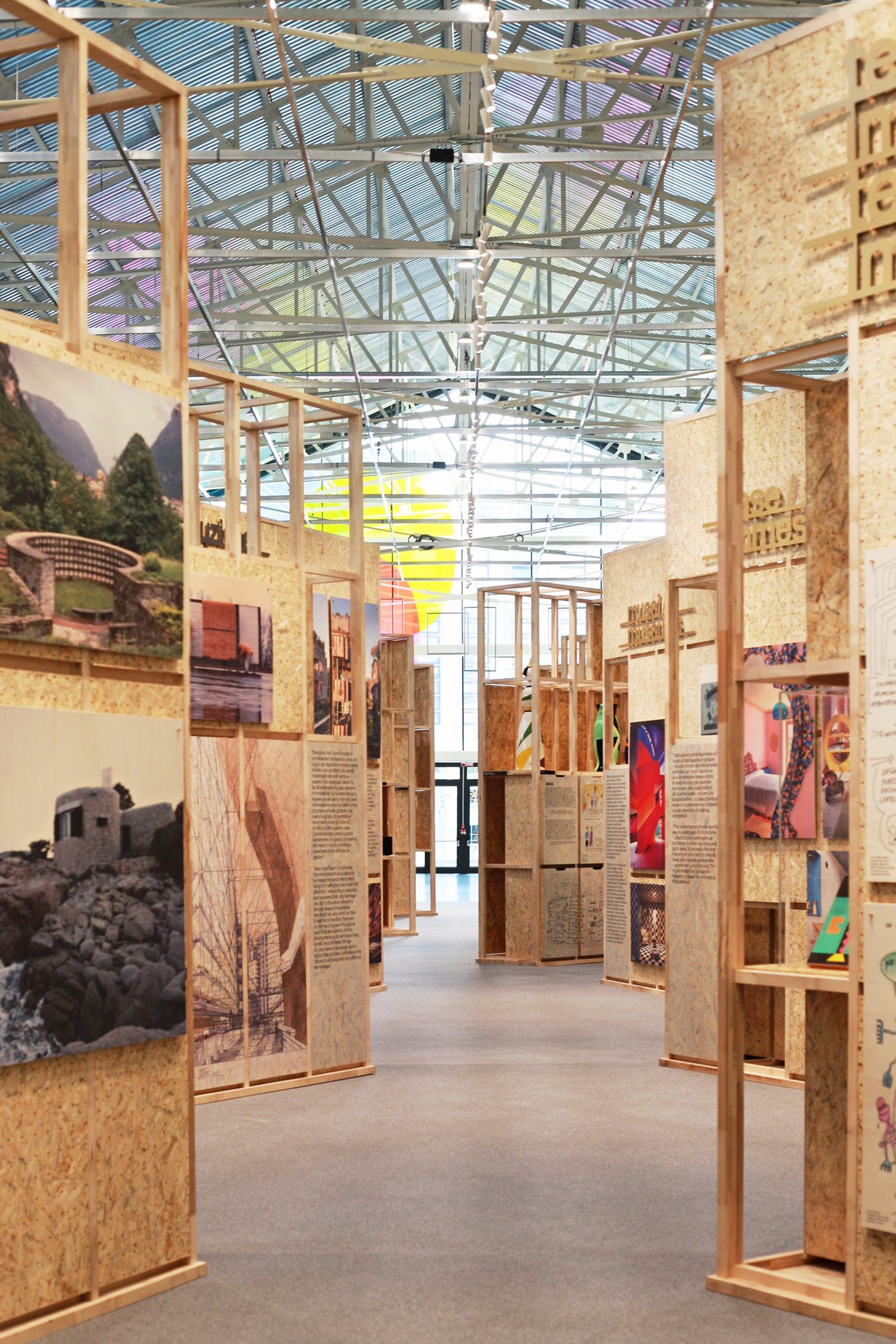
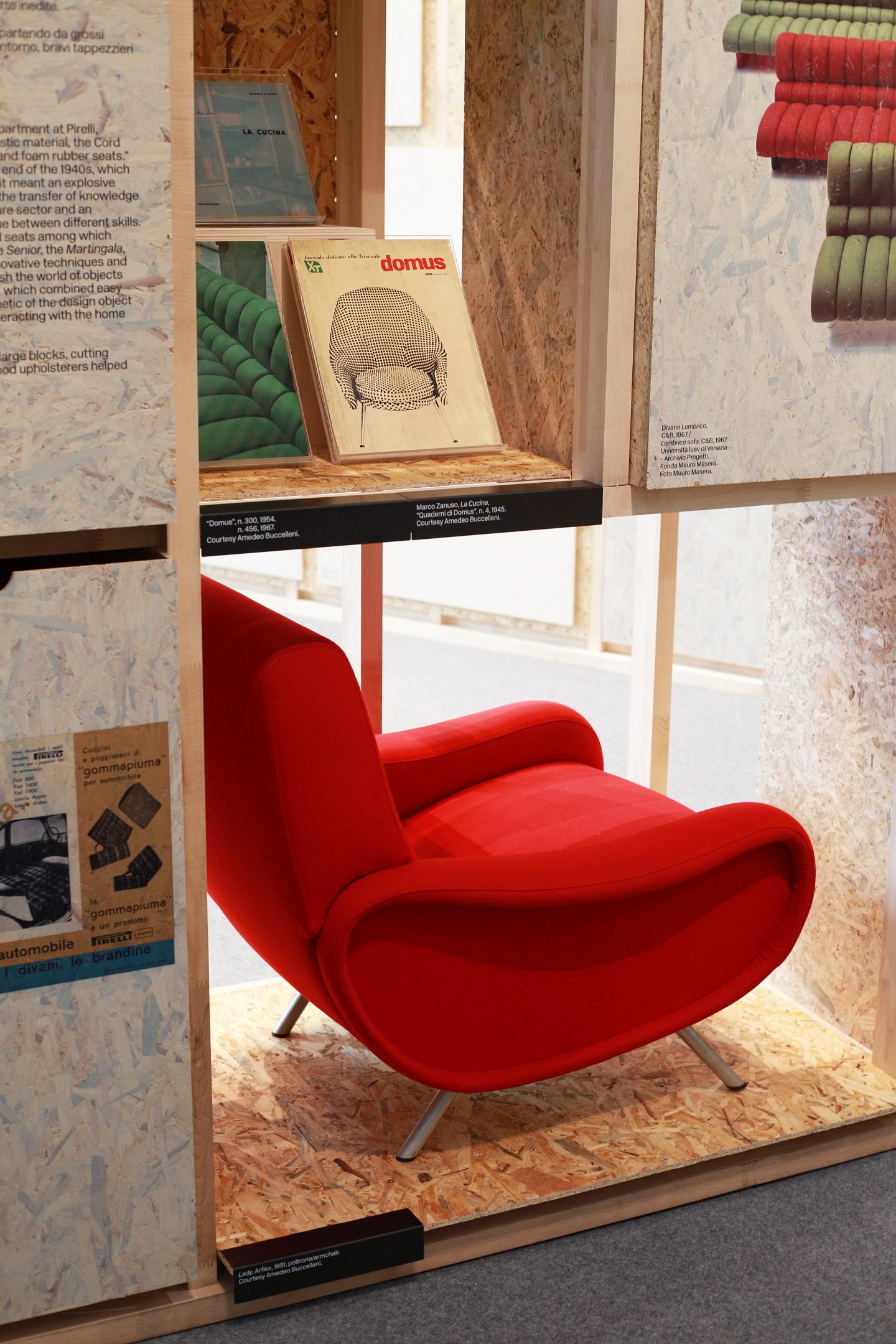

ZANUSO AND MENDINI: TWO FACES OF ITALIAN DESIGN: DIFFERENT BUT PERHAPS COMPLEMENTARY
Marco Zanuso, Alumnus and professor at the Politecnico, is considered one of the founders of Italian industrial design.
Starting in post-World War II, one of his main interests was the accessibility and costs of mass-produced items, which led him to become the first to be interested in the use of new materials and technologies for common objects and the problems of product industrialisation.

Alessandro Mendini, on the other hand, graduated in 1959 and began practising during the seasons of radical and postmodern architecture; working on his “redesign” projects, he managed to create classic pieces of design by reinventing them with new colours and materials.
His is an eclectic approach, which we talked about with him in person in MAP 0:
“I had a hard time understanding what I was. I have a certain indifference in technique: I like painting, writing, graphics, etc.… none takes precedence over the others. I'll explain: Medardo Rosso was a wax sculptor. That’s the only thing he could do, and he did it excellently. Or, from a content perspective, Morandi focused on bottles. I, on the other hand, am dispersive, eclectic. I am always attracted to what does not belong to me and I waste my energy searching for it. Therefore, it is very difficult for me to say what I do and what goals I have achieved. It's all very fragmented and kaleidoscopic. But in all this mess in my head, there is also a method, a working hypothesis. I work like a factory worker, from morning to evening; actually, more, because factory workers don’t work on Sundays.”
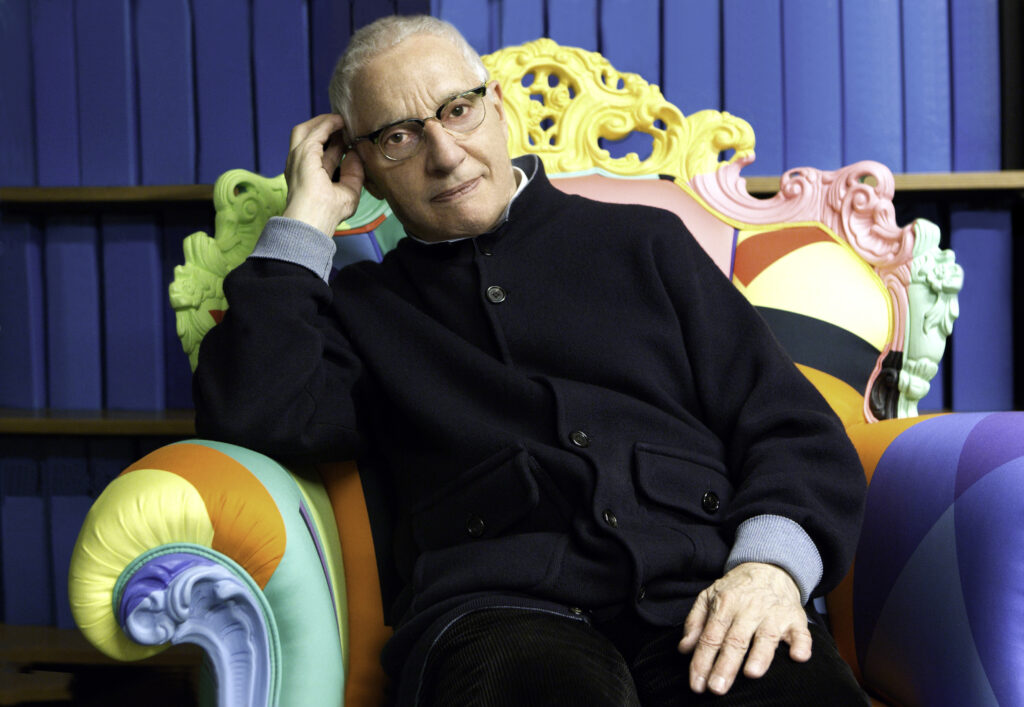
The exhibition thus becomes a way of comparing Zanuso's rigorous design method and Mendini's postmodern procedure, who has successfully reworked poetically existing objects.
Speaking of the exhibition, curator Pierluigi Nicolin emphasises:
“Going beyond the Italian context, we can see how the 'strong' modernist Zanuso-like themes and the 'weak' postmodernist Mendini-like themes are based on the ability to invalidate the premises from which they start and, in the particular 'sentimental journey' that unites them, we can see how they both end up by denying in their own way the existence of an insurmountable boundary to their own experience.”
The exhibition will be open until 12 June 2022.
Read more on: 10 famous Politecnic objects awarded the Compasso d'Oro
Credits header and homepage: ADI Design Museum
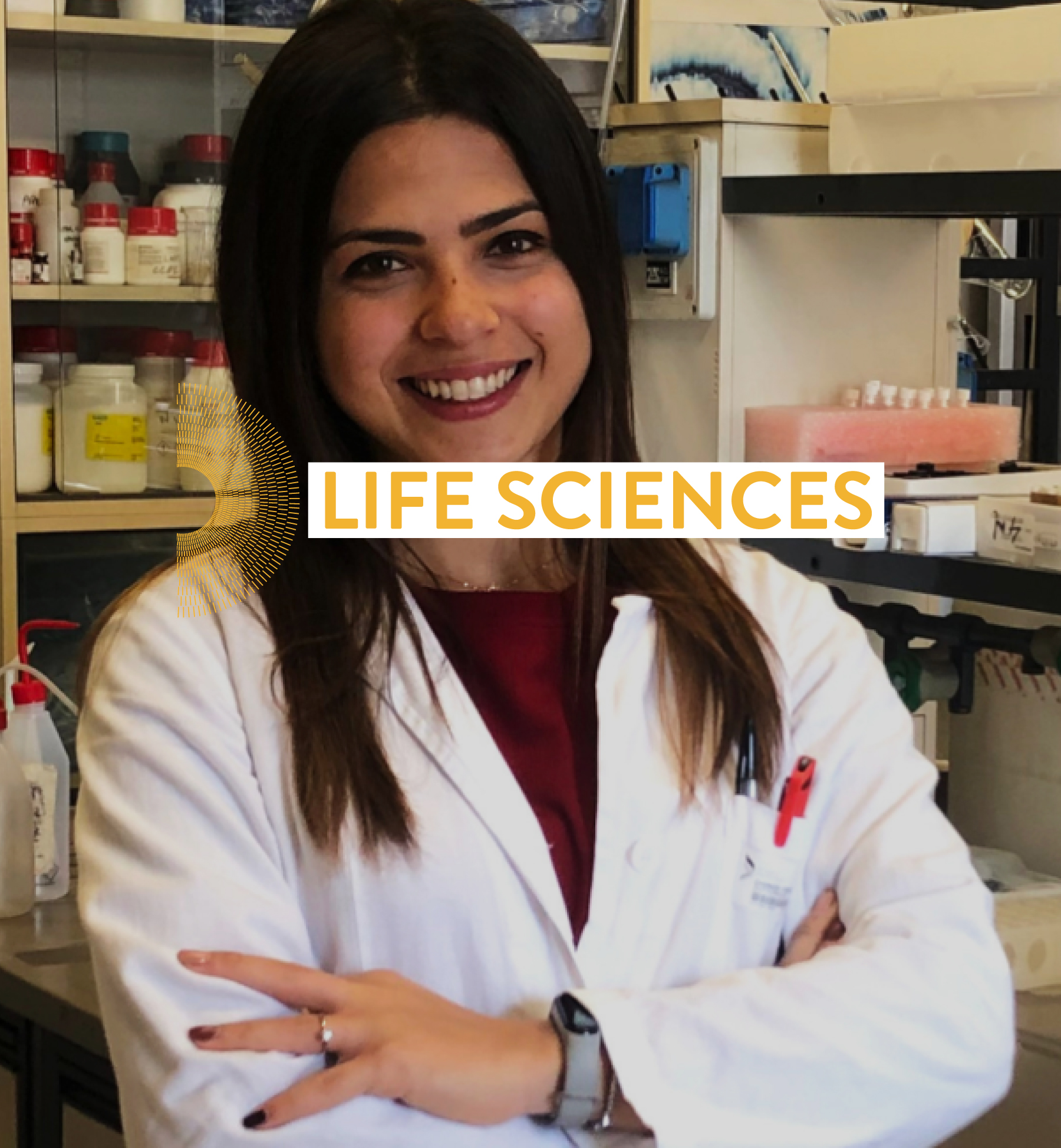
Researcher Cristina Chirizzi wins the brainy 2021 call

More efficient perovskite-based solar cells thanks to supramolecular chemistry
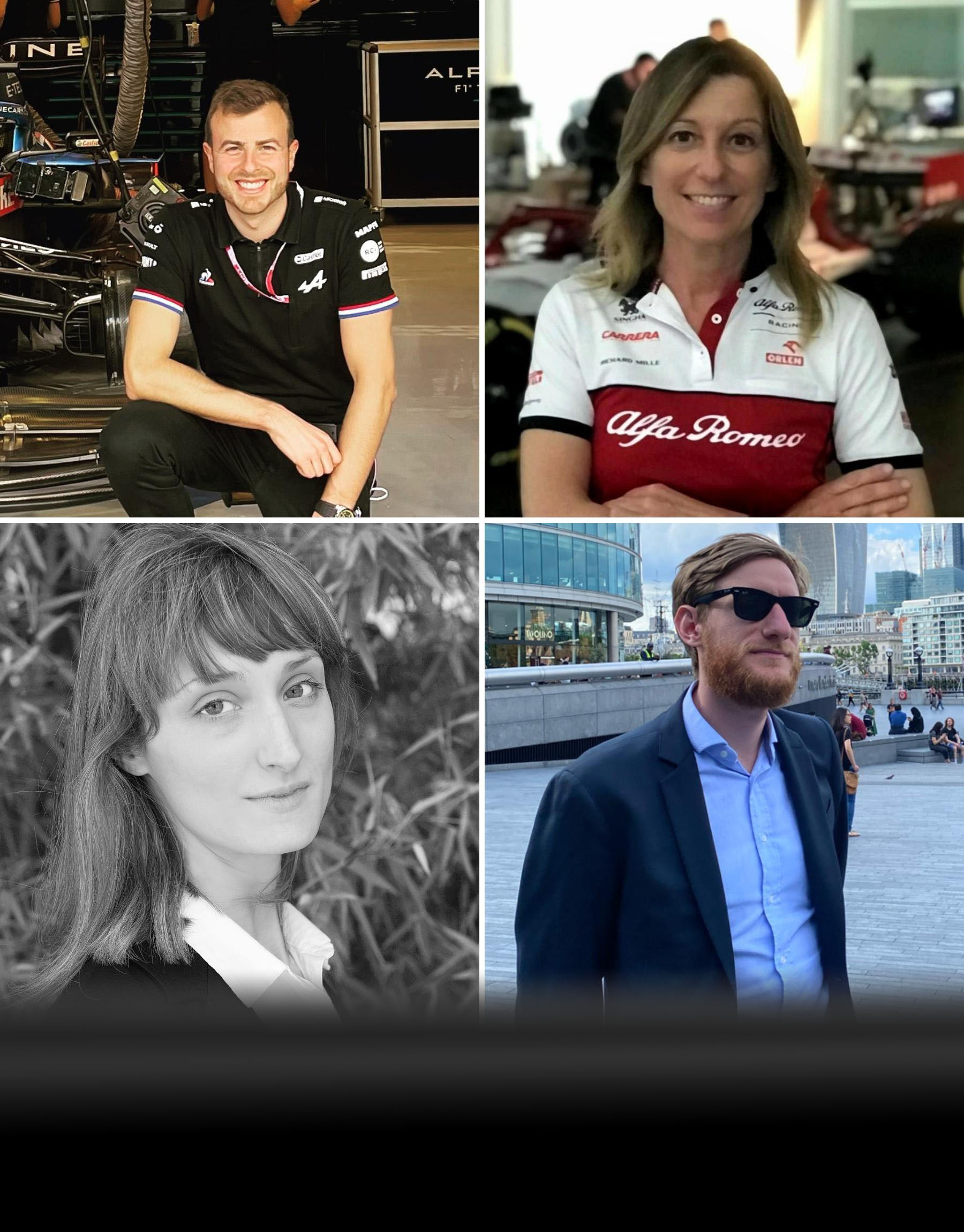
4 Alumni who work at Formula 1
The Formula 1 World Championship has begun and for many Alumni it’s a very intense time. For the fans, of course, for the enthusiasts, but even more so for those who work there. We have talked to some of them and they agree that: one of the most interesting aspects of working at Formula 1 is the continuous evolution in regulations and technologies.
“They always create new conditions, to be analysed and adapted to in the best way possible,” says Lucia Conconi. According to Francesca Gnanifor a designer, it can be one of the highest professional achievements: “because it allows you to take chances and test new ideas in a very short time". For Alberto Taraborrelli, "the life of an engineer is profoundly shaped by the need to solve problems and when most of them are solved, there’s the risk of getting bored!” “I am not lucky enough to experience the atmosphere of the races in person,” adds Filippo Giussani, "but being on the sofa at home with friends or colleagues and hoping that your work has paid off keeps you in suspense: after a radical change in the regulations, we were all eager to see the car in the race".

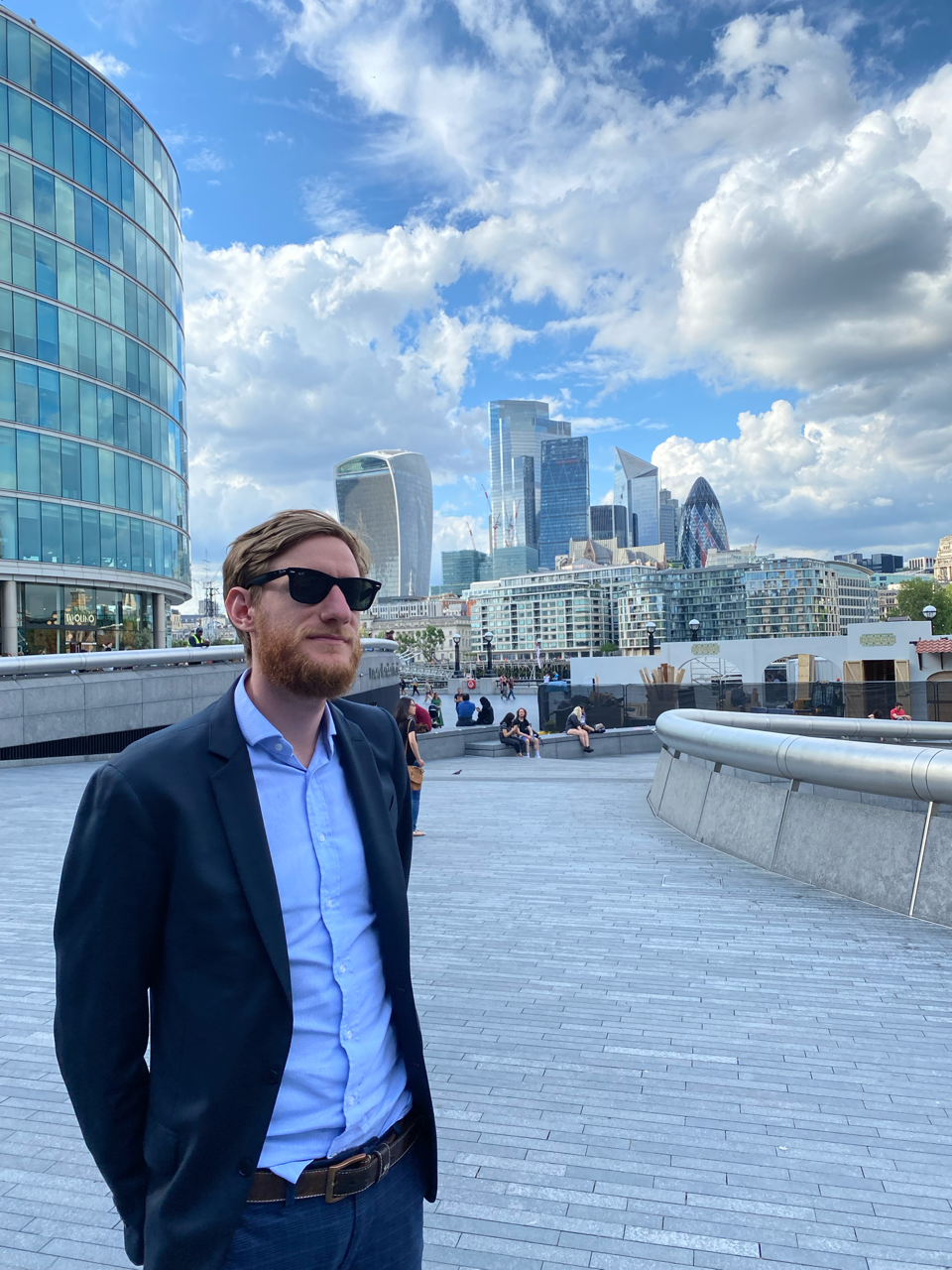
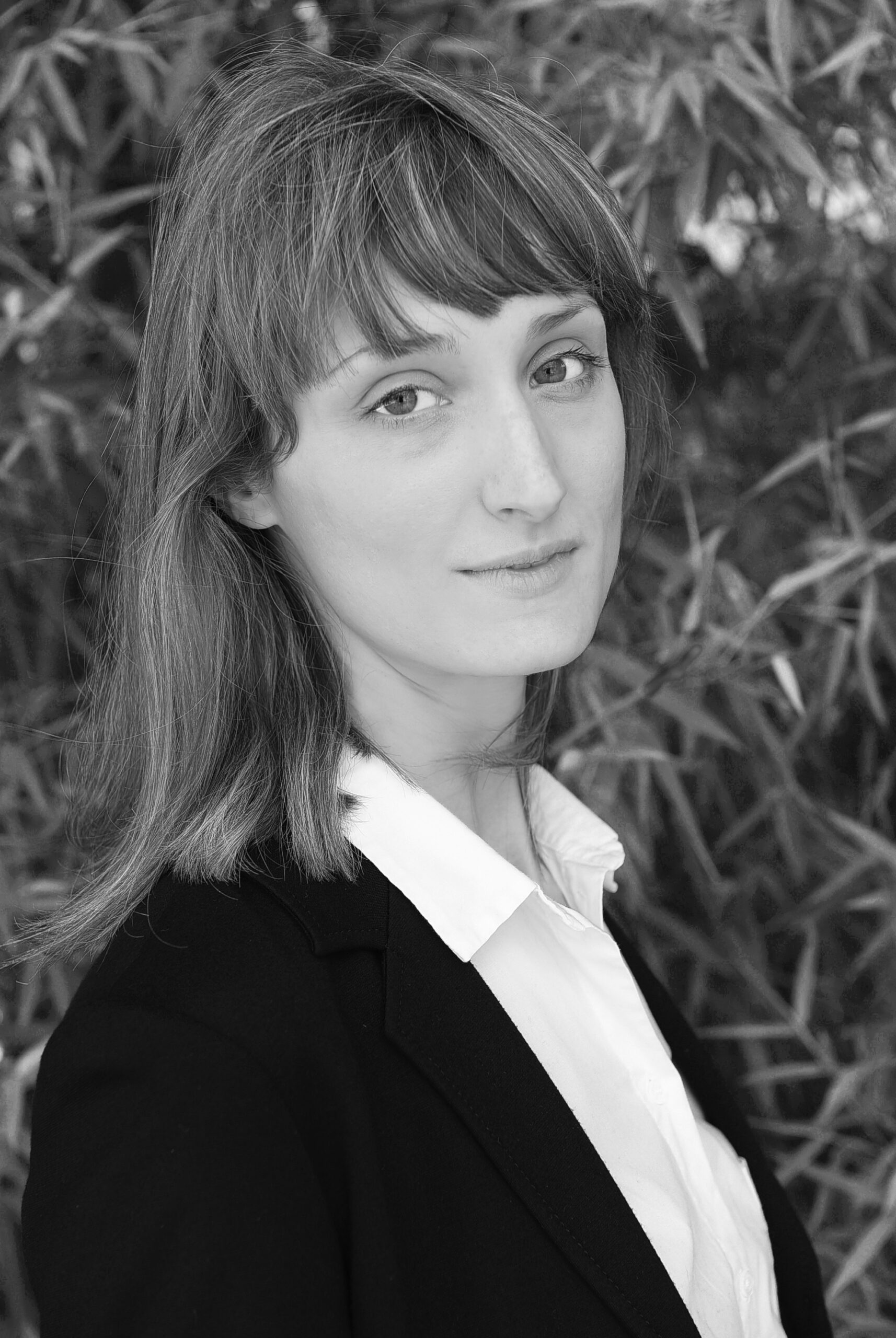
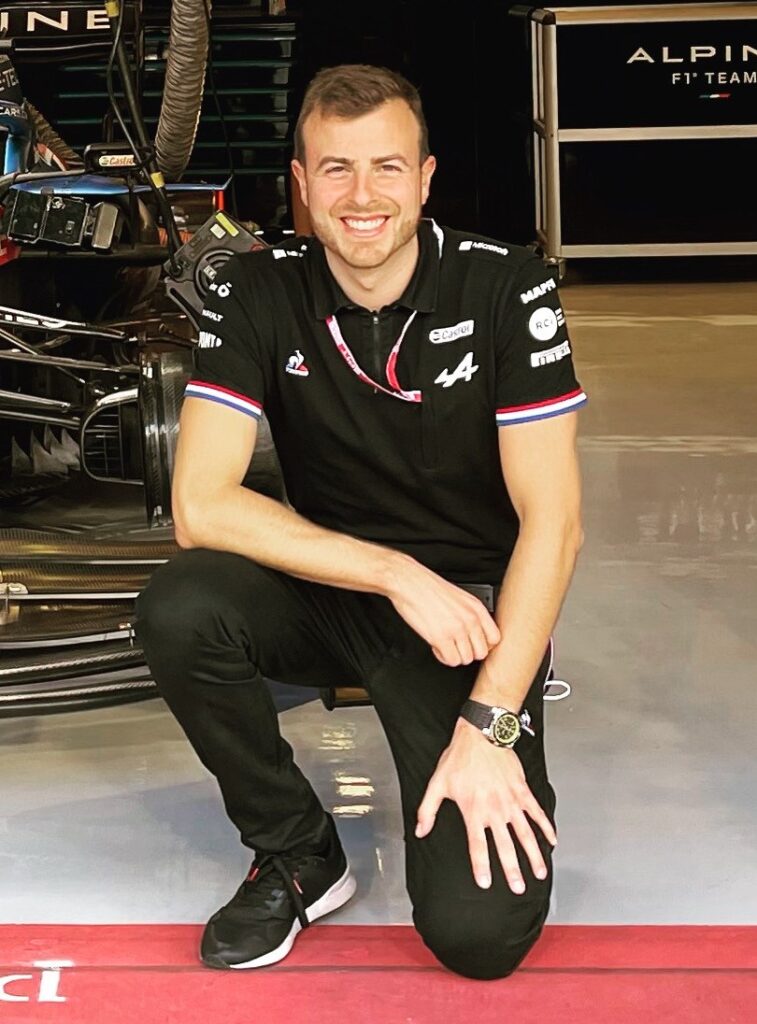
These have been days of great anticipation for everyone, in which they expect to see the results of a year of work. “Preparation is very important,” says Conconi51, Aerospace Engineering Alumna. She tells us that every Formula 1 team is dual spirited: "one spirit is focused on the track event and the other is focused on development (and therefore more in the medium term). In my team, there’s a bit of one and bit of the other and we have to alternate the rhythm in harmony”.
For the past 18 years, Conconi has worked in motorsport, in the fields of simulation, performance, vehicle dynamics and suspension. Today he is Head of Vehicle Performance in the Alfa Romeo F1 Team ORLEN: “I'm Head of Vehicle Performance,” he explains.
"We simulate and define the main characteristics of the car for the design and development phase and analyse and optimise performance when the car is on the track.”
The hardest part of his job, he confesses, is also the most important: “When the results are not as we would like, when events and demands come quickly one after the other, it is crucial to keep the department motivated, focused on priorities, to help colleagues to deal with problems calmly and methodically”. Logic and method come from the Poli, together with technical skills: “I am very attached to my university years, the Politecnico is not just an excellent school. It gave me the opportunity to cultivate my passion and learn from exceptional professors in technique, working method and the advice I received on how to overcome certain difficulties from a human point of view”.
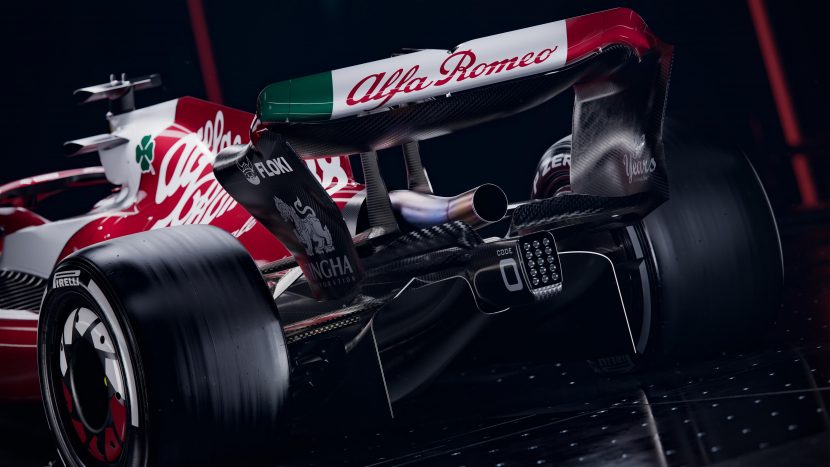
Giussani is 32 years old, with a degree in Energy Engineering and a PhD in Energy and Nuclear Science. “As a child I wanted to be a scientist. Perhaps that is also why I decided to do a PhD. But I realized that academia is not for me and I had to rethink my plans. Fortunately, my academic career has allowed me to broaden my horizons and interests”.
Today he works as Junior CFD software developer for Aston Martin Aramco Cognizant F1 Team: "I develop and maintain the software used for the single-seater aerodynamics simulationsAs luck would have it, I did something similar during my PhD, applied to internal combustion engines and in particular to injectors.” He explains that his work is different every day: "A technical job always has its intrinsic difficulties, but my PhD gave me the right mindset to tackle problems I’ve never seen before.
So, studying hard, tenacity and passion are the ingredients to get into this environment, together with curiosity and good communication with your team. “But I would recommend that students gain as many life experiences as possible. Studying is essential but there are other skills that you develop only by getting out of your comfort zone”.
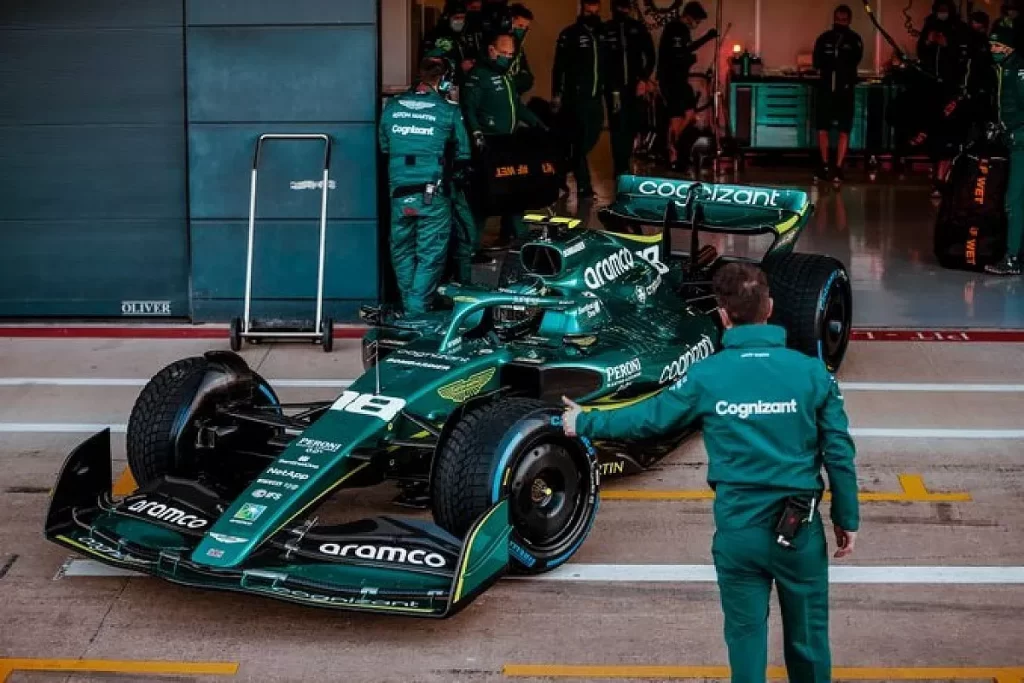
Francesca Gnani also recently arrived in Formula 1: “I started a month or so as Programme Manager in the Haas F1 Team to follow the development of the car that will be racing next year. I came on board at a time of mayhem due to the construction of the VF22 and the technical developments after the tests in Barcelona and Bahrain. So far, there has been no time or energy to devote to the new car but we will be starting soon”.
Her job involves managing the development plans of the entire project, from the release of the designs by the engineering department to the arrival of the parts on time. At 33 years old, Alumna in Aeronautical Engineering, she arrived at F1 after a PhD, an MBA and work experience in management.
“My path has taken so many directions that ending up in F1 was more a matter of luck,” says Francesca who, as a child, dreamed of becoming a vet. “Then, at high school, my love of mathematics led me to make a more “rational” choice: I decided that I wanted to become a pilot and I wanted to enrol in the Air Force Academy. I still do not know if by luck or by bad luck, but I was an inch too short to get in: as Plan B, I enrolled in Aerospace Engineering. I remember the moment when I told my classmates that I had signed up for the Poli admission test. A companion of mine literally said: “Yeah ... dream on ...” These are words that I keep on hearing every time I have to face a new challenge, which I always overcome with my head held high.”
Gnani tells us about a complex professional environment, involving technique as well as the human element,which requires all-round vision; being able to understand the nature and extent of problems and know how to manage people.
“You have to be able to make solid but sufficiently flexible predictions. It certainly takes a bit of experience (which I have to build on) and a bit of innate ability.”
Francesca leaves us with a memory of the Poli: “The hand delivery of the last group project just 1 minute before the deadline at the Poli Bovisa secretariat. All this after a night spent reviewing/rereading, rushing to print off and bind copies, and racing in my car through the streets of Milan towards the Poli and the car stuck in traffic with sweat dripping down my forehead. Finally, jumping out of the still moving car (my study mate was driving) and sprinting up the fire escape as a short cut. Probably, in my memory, this has all been reworked a bit like a Hollywood film, but that’s really how it felt to me.”

Taraborrelli is 30 years old and has always dreamed of working in Formula 1. He graduated in Mechanical Engineering with a specialisation in Mechatronics and Robotics and his best memory of the Poli is the Dynamis PRC, Formula Student Team at the Politecnico di Milano.
“I joined the team at the end of 1st year as an engineer. There were 12 of us. When I left, after graduation, there were 80 of us. In my final year, I was the technical director of the team that built the DP8, the car entered to race in the following two years.It is thanks to the Formula Student that I fell in love with electronics, which guided all my subsequent choices. It is an experience that I recommend to all students.”
Taraborrelli is now Trackside Control Systems Engineer in the Alpine F1 Team: he works on the car’s on-board software that manages gearbox, clutch, brakes, differential, DRS and the steering wheel. He lives in Brackley, in England, but in the most intense periods he travels continuously to be with the team. “This time close to the start of the world championship is among the hardest and most difficult times of the year,” he says, “especially because the cars are so different and therefore so unfamiliarthe work to understand the characteristic features and the responses to the changes is truly very intense.
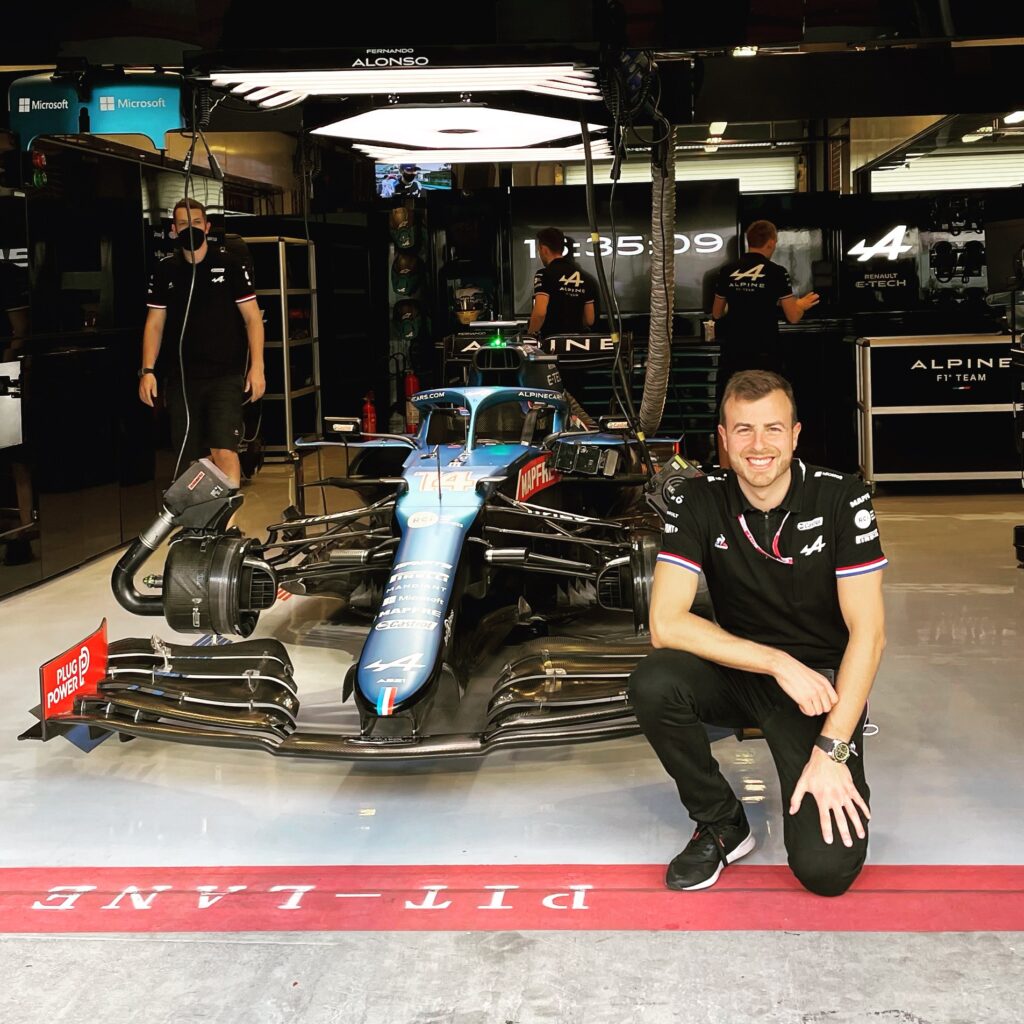
Changes in regulations,” he explains, “are essential for enabling a reshuffling of the cards, with the prospect that outsiders on the grid can find a square that the top teams have not necessarily found, but it is also true that it can cause unexpected problems. It is not easy to manage the pressure in hectic moments, when there is little time to solve a problem where sometimes you are not completely sure what caused it. The race weekend is a tense experience, but also always one to face positively. On every occasion, it is essential to take the best from the worst and try to turn the unfavourable situations in your favour. Never let it get you down!”
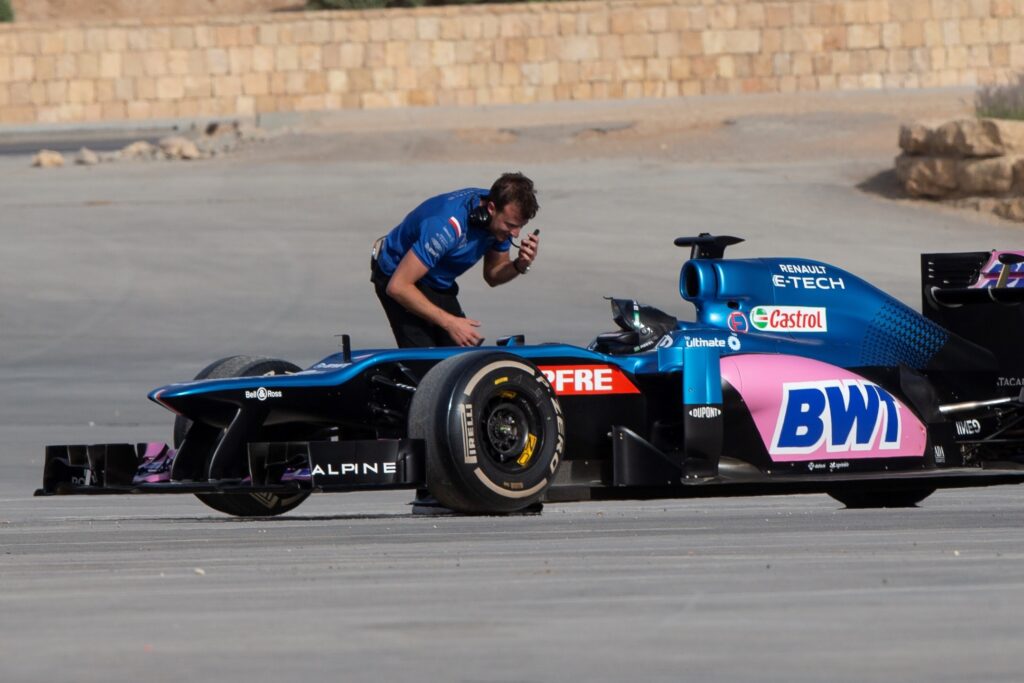
Credits header: Photo by Abed Ismail on Unsplash
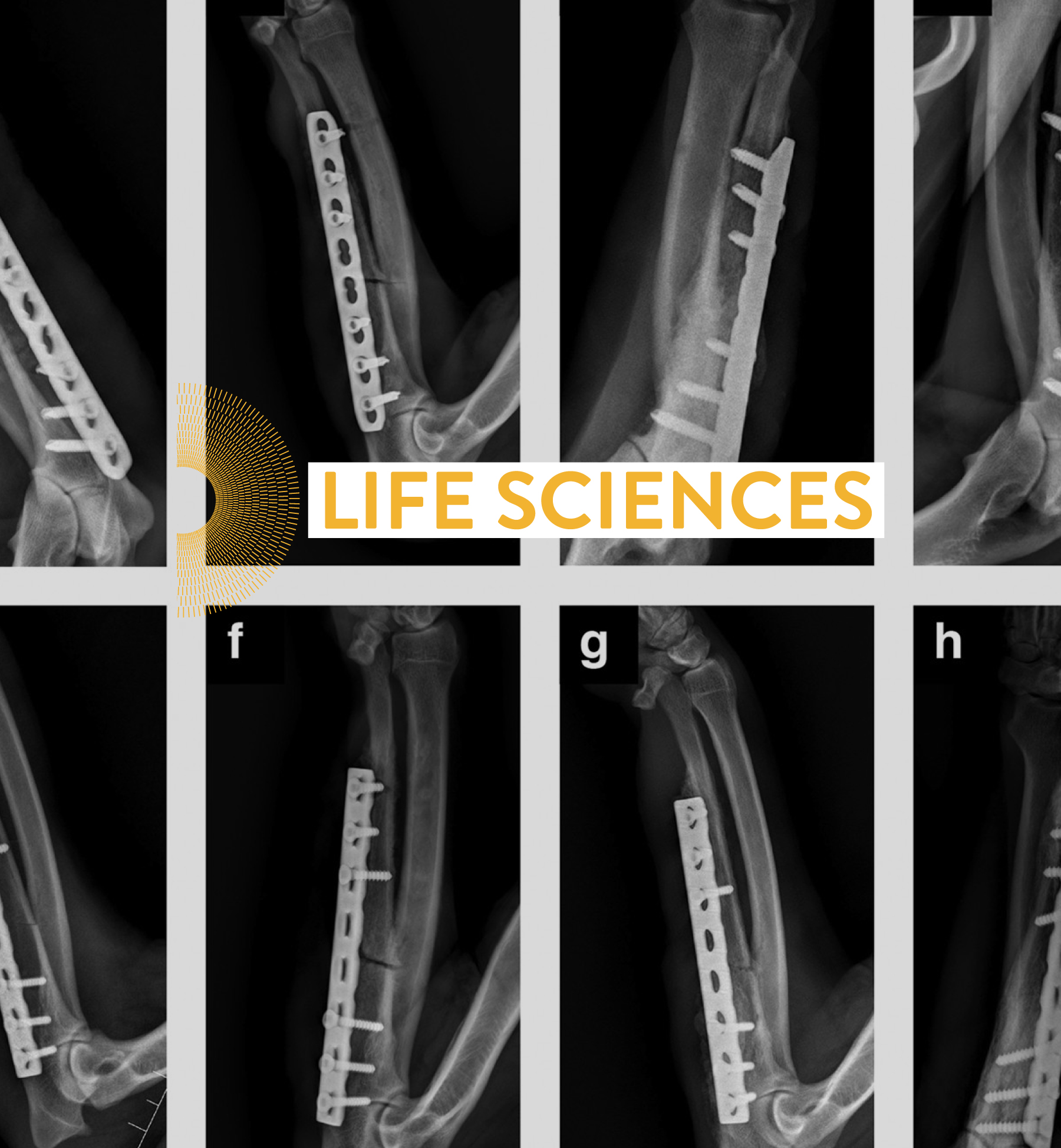
GAP: a step forward in preventing bone fractures
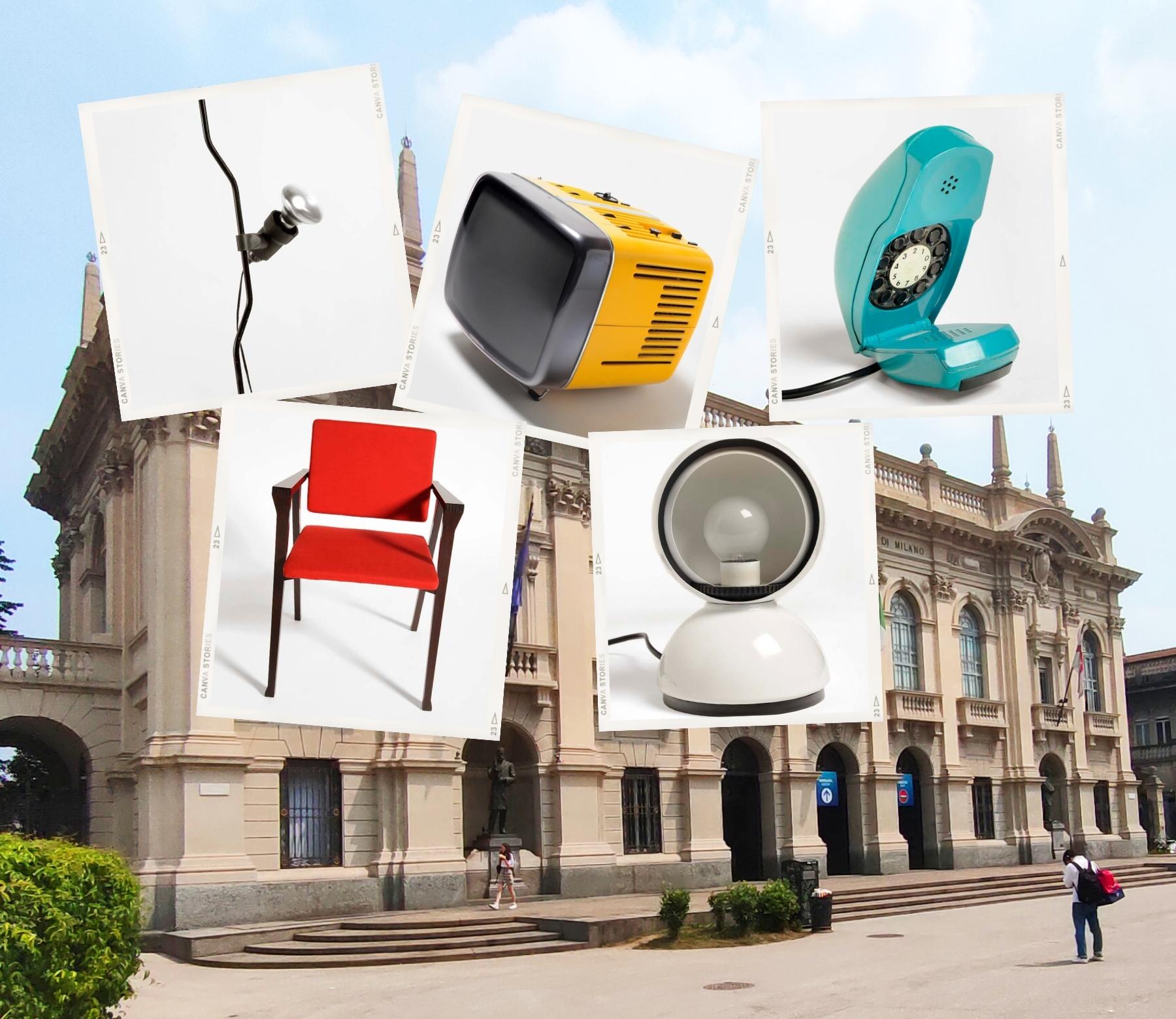
10 famous Politecnic objects awarded the Compasso d'Oro
Founded in 1954 by the Alumnus Gio Ponti and managed by theItalian Design Association (ADI), the Compasso d’Oro over the years has become the highest Italian award in the field of national and international design.
There are around 2300 objects and projects in the collection. Over the years, the award had been extended to include areas not strictly related to industry. To celebrate Italian Design Day, we present a list of ‘Politecnico Made’ entries – certainly not exhaustive (but if you have any suggestions, write to us!) –, thanks to the support of articles by Domus, Corriere Living, AD Italia and the podcast “Il design è donna”. We have chosen 10: 8 great classics and 2 new entries that hint at what the future has in store.
THE CLASSICS OF THE HISTORY OF DESIGN
1. CHAIR 832 LUISA – 1955 – Successors Carlo Poggi – Alumnus Franco Albini
Albini's idea was to create the ideal model of seatingidentifying its essential elements and possible uses within the home. The Luisa chair was the result of a long research driven by the need to achieve the “substance of form” and the possibility of mass production, in response to the economic boom between the 1950s and 1960s.
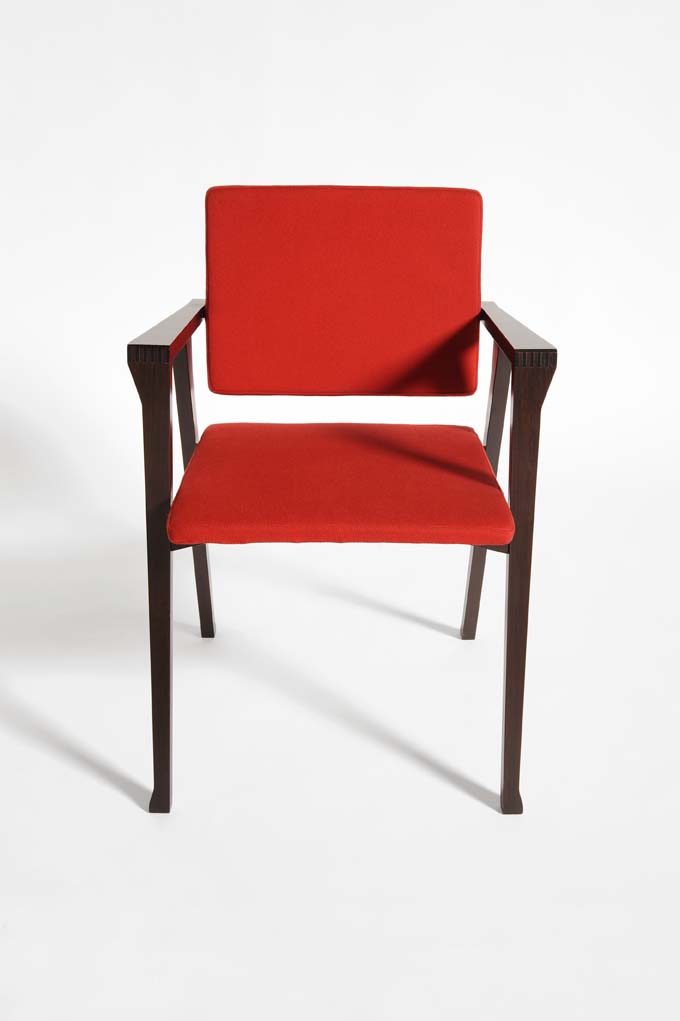
The motivation of the Compasso d'Oro jury reads::
“Faced with the remarkable production presented this year in the field of chairs and armchairs, at the end of the discussion, the jury rewarded the interest and the level of the problems raised by the chair designed by the architect Albini for the basic solution of the connected legs – armrest – backrest, the formal organic character of the material attachments, the visible joints and the production difficulties in relation to the entire structural concept.”
2. DONEY 14 TELEVISION – Brion Vega – 1962 – Alumnus Marco Zanuso and Richard Sapper
The Doney television won the prestigious Compasso d'Oro in 1962 and soon became the symbol of design-focused technological products..
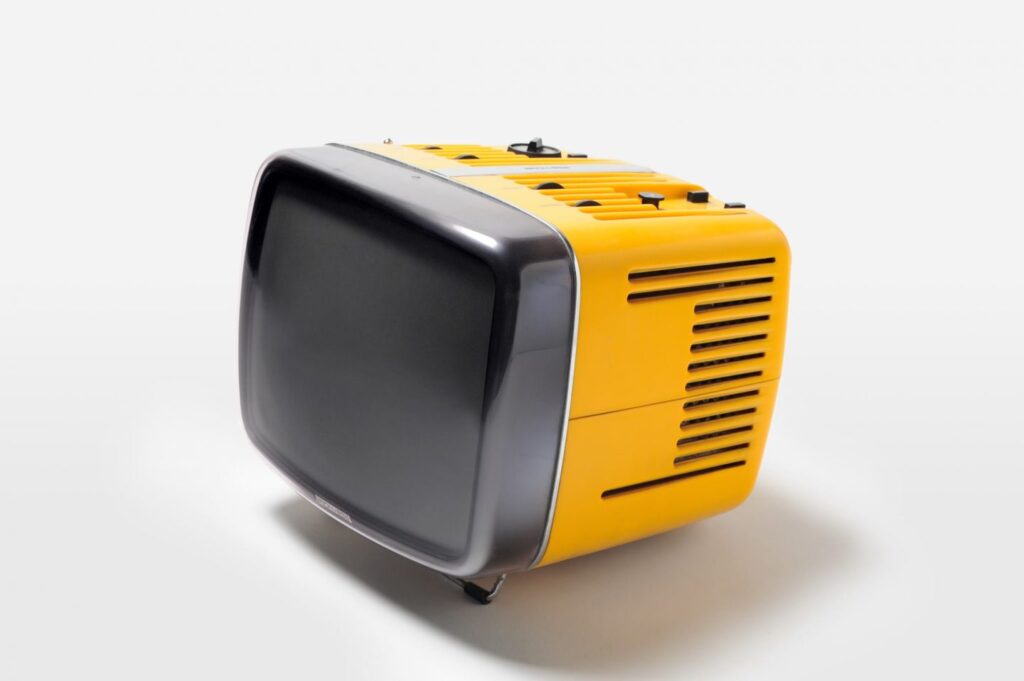
On the ADI Design Museum website we read that Doney 14 was the first transistor portable television manufactured in Europe, in which the internal parts were arranged to fit into a compact volume obtained by the simple combination of two case halves with a visible join. For this reason, the first series, now highly sought after, was made of transparent acrylic, while later versions were made in a wide range of colours. Richard Sapper and Marco Zanuso thus won the Compasso d'Oro for the Doney 14 in 1962, thanks to the inimitable curved shape and the complexity of internal components, all contained in a single box. An icon of Italian design produced by an equally iconic brand, Brion Vega.”
3. SIGNAGE AND SETUP OF THE MILAN UNDERGROUND – 1964 – Alumna Franca Helg, Alumnus Franco Albini and Bob Noorda
The Compasso d'Oro awards not just objects, but also projects. If you have travelled by public transport during your time at the Politecnico, then the subway signage will certainly be familiar to you: but did you know that it was awarded the Compasso d'Oro?
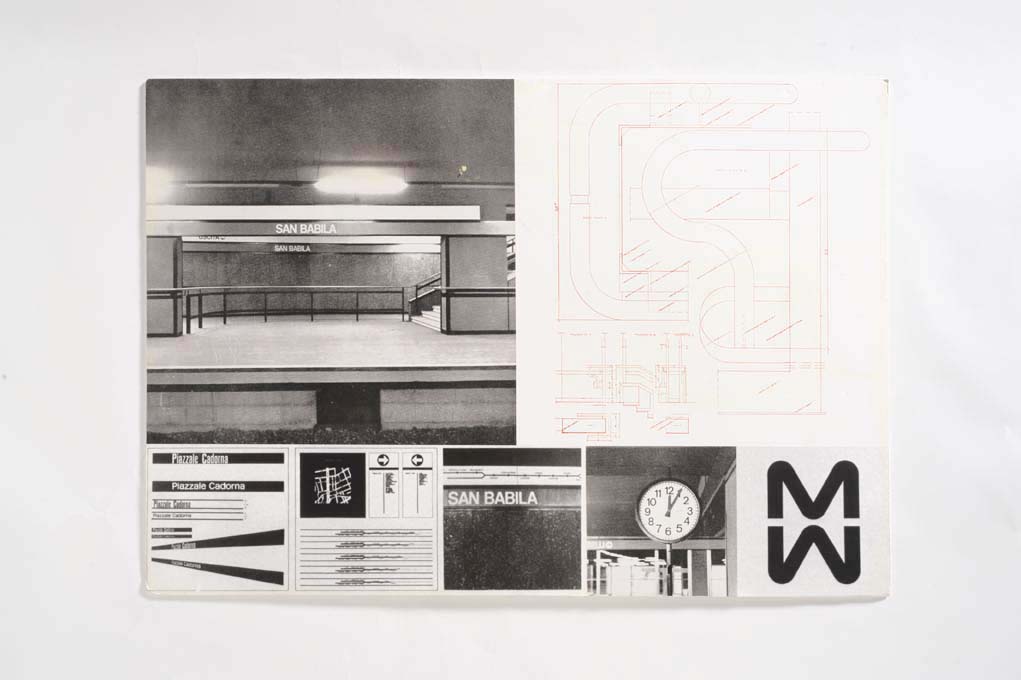
"The Compasso d'oro 1964 is awarded to the architects Franco Albini and Franca Helg and to the graphic designer Bob Noorda for the particular qualities of the architectural coordination and organization of the signage of the new stations of the Milan Underground,”
reads the motivation of the jury..
It is the conferment of a precise identity which is reflected in a series of graphic and set-up elements aimed both at giving a coordinated image of the Milan underground, and at responding in an immediate and intuitive manner to rapid requests for information from the passengers, be they regular or infrequent users.
4. TELEPHONE GRILLO – 1967 – Siemens – Alumnus Marco Zanuso
The Grillo telephone is one of the greatest innovations in the field of telephony. Symbolically the precursor to the portable telephone, it introduced for the first time the concept of the telephone call as a private and intimate moment. The balance of technology, functionality and aesthetics decreed its victory at the Premio Compasso d'Oro in 1967.
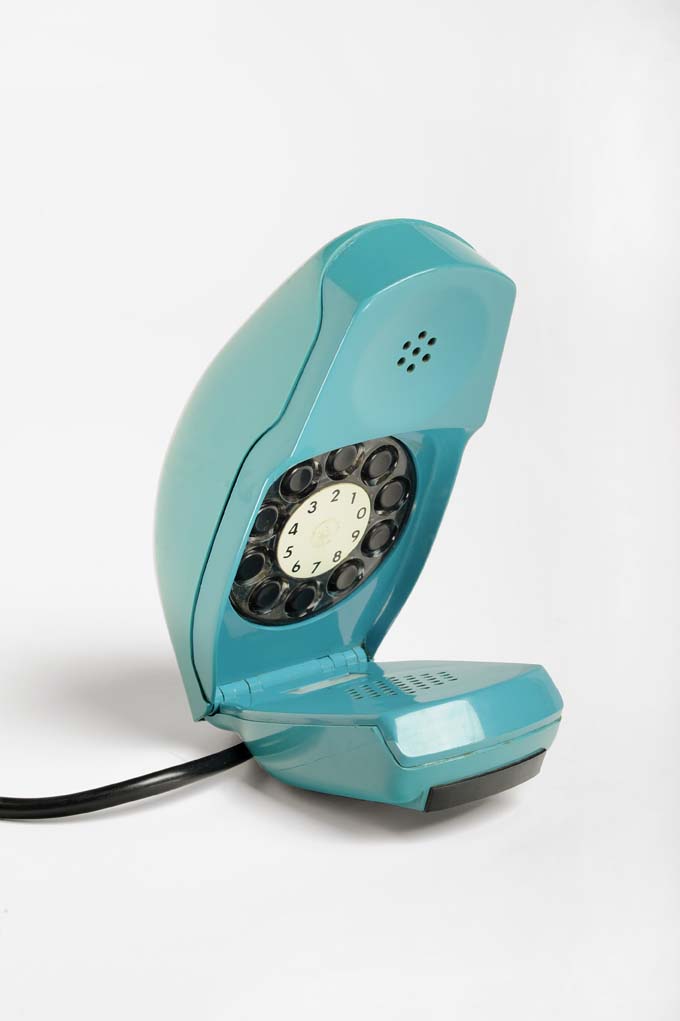
“Designed by Richard Sapper and Marco Zanuso, Grillo was much smaller, lighter and easy to handle than any other device of the time,” – states the ADI website -. “It also featured a snap closure anticipating the first similar cell phones by a good thirty years and was available in different colours. SIP (later to become Telecom) included it among the devices distributed to its subscribers, making it a great public success. The Compasso d'Oro rewarded the novelty and usability of the device and the technical and design innovations displayed in its compactness, achieved without sacrificing its functionality.”
In 1993, having become a cult object and one of the symbols of modern design, the Grillo was exhibited at the MoMA in New York.
5. ECLISSE TABLE LAMP – 1967 – Artemide – Alumnus Vico Magistretti
Designed by Alumnus Vico Magistretti for Artemide in 1965, the Eclisse lamp is “an avant-garde balance between form and function, design and utility.” The basis of the concept lies in its functionality of regulating the intensity of the light via its internal rotating lampshade that “eclipses” the light source. With a fixed external casing and a movable internal casing, the lamp can provide direct or diffused light.
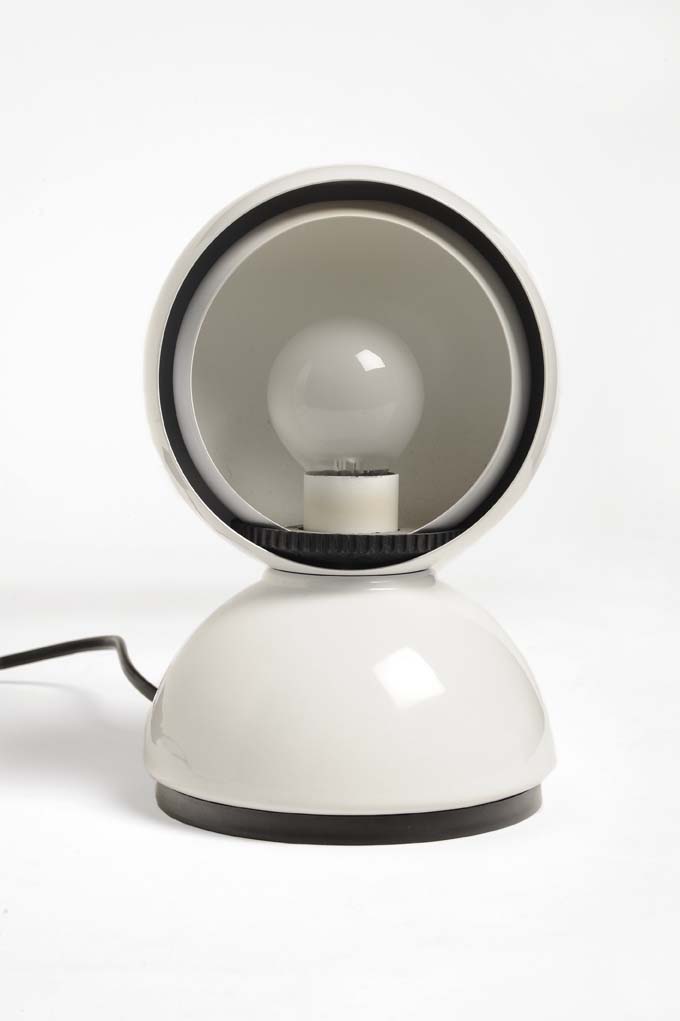
“The Commission’s evaluation is that the object presented has the double quality of high design-aesthetic value and the potential for mass distribution. It also underlines the novelty of the technical solution which, with a simple movement of the rotating screen, graduates the intensity of the light output.”
6. STRIPS SOFA – 1979 – Arflex – Alumna Cini Boeri
In the late 1960s, the Alumna Cini Boeri (we talked about her here) revolutionized the furniture sector with one of her pieces that remained an “evergreen” in versatility: the Strips modular sofa.
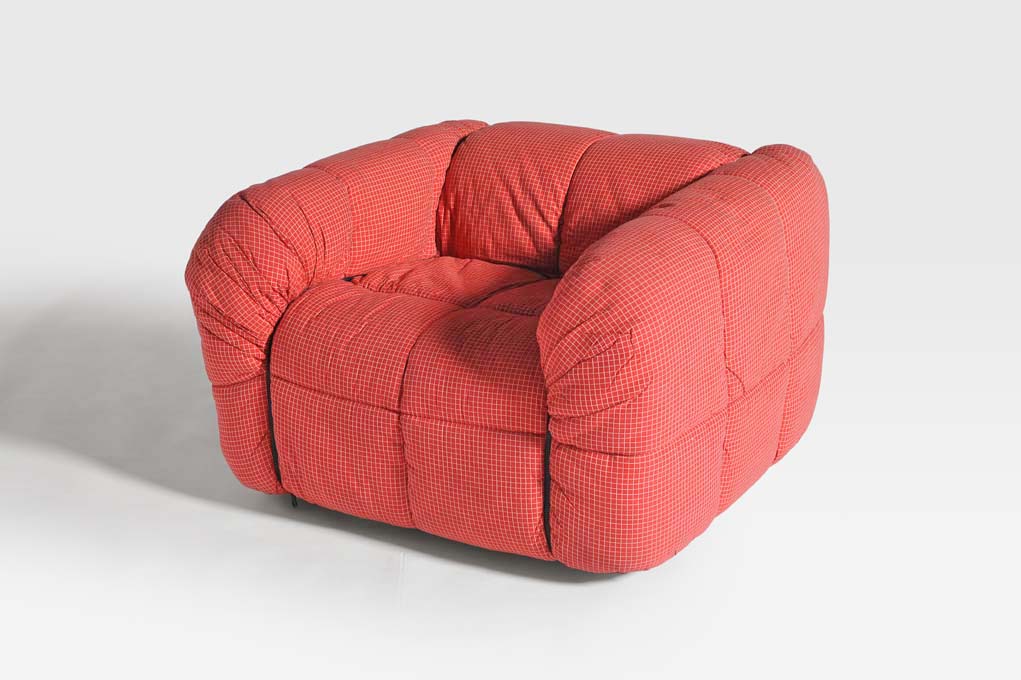
“It is used as a veritable outer shell that you can take off, wash, change, put back on and zip up like a dress over the polyurethane body," wrote Cini Boeri in 1974. “The bed, also removable and therefore washable, is quicker to use than normal, because the upper part that opens like a sleeping bag can be used as a blanket and sheet. You open it up, get in and close it; open it and out you get. Strips are essentials, easy to use.”
Today the Strips sofa is in the permanent collections of authoritative museums such as the Triennale in Milan and the MoMA in New York.
7. PARENTESI LAMP – 1979 – Flos – Alumnus Achille Castiglioni and Pio Manzù
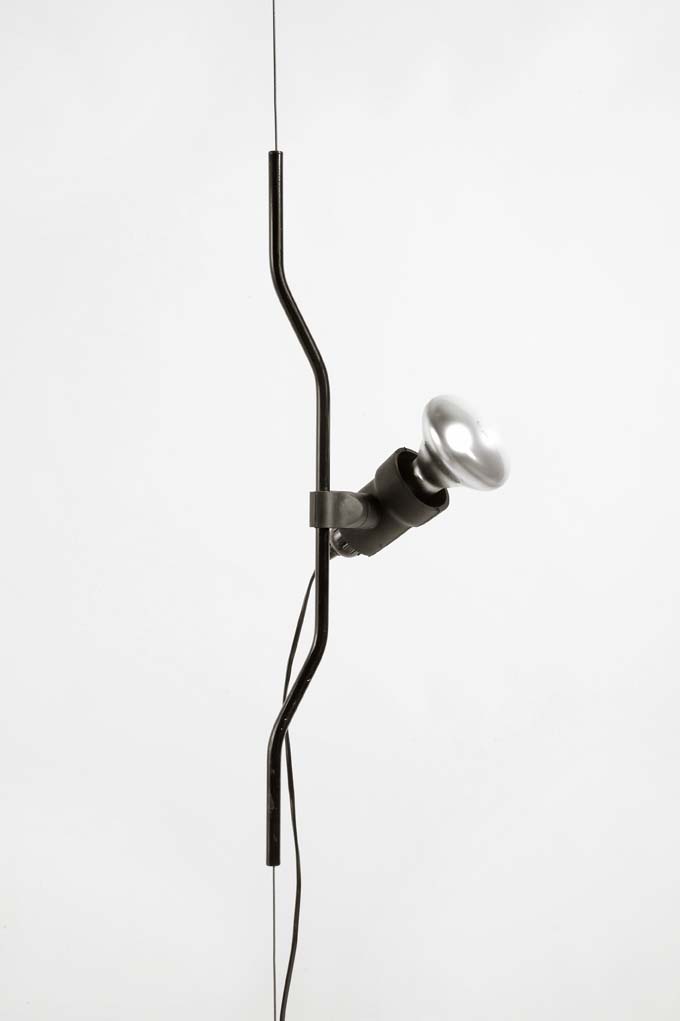
The project is based on a sketch by Pio Manzù, who was the first to conceive the idea of a lamp that could slide vertically from floor to ceiling and rotate 360°, but who died before seeing it made.
Once in the hands of Achille Castiglioni, the sketch was re-interpreted to create Parentesi, in which Castiglioni replaces the rod with a metal rope and minimizes the use of materials and the number of components (source).
The lamp is exhibited in many museums and exhibitions dedicated to industrial design all over the world, such as the MoMa in New York, and in Italy at the Triennale in Milan, the GAMeC in Bergamo and other galleries and museums of national importance.

Again referring to Castiglioni, an honourable mention also goes to the famous ‘ "Arco" lamp, which in 2020 won a Compasso d’Oro d'Oro award for “Carriera del Prodotto” (Product Lifetime Achievement). This lamp, due to numerous imitation attempts, was the first industrial design object for which copyright was granted as for a work of art (source).
8. STACKABLE CHAIR K4870 – Kartell – 1987 – Alumna Anna Castelli Ferrieri
“Each company has its own style and the Kartell style is absolutely inimitable,” states the official ADI website, “because it started from a technology, moulding coloured plastics, continuously reinterpreted by the best designers, with innovative and diversified forms and functions.
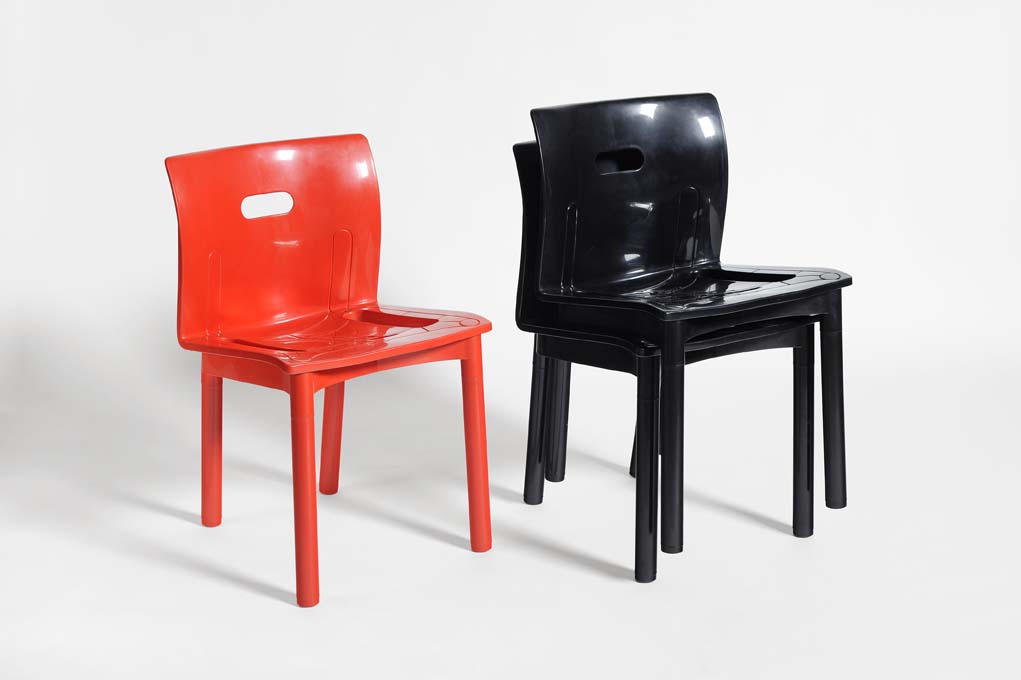
With the K4870, in 1987, the Compasso d'Oro also rewards a leading figure of Italian design: Anna Castelli Ferrieri (we also talked about her hererecognized and recognizable for her extraordinary formal rigour but never without a touch of playful engagement: antechamber of the functional poetics. These qualities are expressed in the 4870 stackable chair, as essential as it is functional and pleasing at the same time. Anna Castelli Ferrieri would go on to receive a second prize in 1994 with a project for Sambonet. Among her many merits, she was also the first woman President of ADI, from 1969 to 1971.
A LOOK AT THE FUTURE
9. E-LOUNGE – 2020 – Alumnus Antonio Lanzillo & Partners
E-LOUNGE has an innovative and multi-functional design, a product that on one hand plays the straightforward role of a bench, but on the other it provides people with various services such as Wi-Fi connection, a grille for parking bicycles, power outlets for recharging electronic equipment and electrical mobility devices (e-bikes and hover boards).
For the Compasso d'Oro jury, E-LOUNGE cut “new type of product capable of combining different design elements: digital, sharing economy, neighbourhood culture, street furniture, connection. A company that interprets the spirit of the times through design.”
Read the comment by the Politecnico Alumnus Antonio Lanzillo on the Alumni website
10. HANNES – 2020 – Alumni Lorenzo De Bartolomeis, Gabriele Diamanti, Filippo Poli – Ddpstudio
HANNES is a prosthetic hand made by Lorenzo De Bartolomeis, Gabriele Diamanti and Filippo Poli – three Alumni Designers graduated from the Politecnico di Milano – and developed by the Italian Institute of Technology and INAIL.
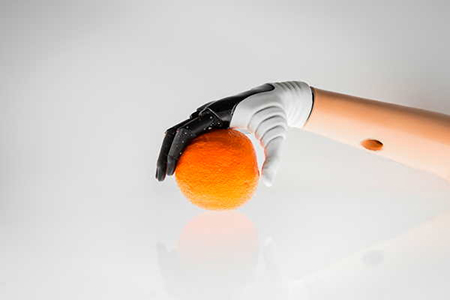
For the Compasso d'Oro jury,“design is proven to be an essential tool for helping people in difficulty to regain control of their future. Technology and aesthetics help to overcome psychological distress and physical handicap.” HANNES HANNES features extreme similarity to a human hand both in the movements it can perform and in its form, and is able to restore over 90% of lost functionality.

